
Yuri Kozyrev recalls the winter of 1999 as one of the most trying and tragic of his career as a photographer. It was the eve of Vladimir Putin’s ascent to the Russian presidency, and the height of the Russian bombardment of Chechnya, when entire towns in that breakaway republic were, as the Russians often put it, “made level with the earth.”
Kozyrev, a native of Moscow, documented both of Chechnya’s wars against Russia in the 1990s. The first one, fought between 1994 and 1996, had resulted in a humiliating defeat for Russia. But the carnage was far worse when the conflict resumed under Putin in 1999.
Arriving in Chechnya that fall, Kozyrev’s plan was to find and photograph two men amid the chaos of the Russian invasion. The first was Major General Alexander Ivanovich Otrakovsky, who was then commanding the Russian marines from his encampment near the town of Tsentaroy, a key stronghold of the Chechen separatists. The second was the general’s son, Captain Ivan Otrakovsky, who was serving on the front lines not far from the base, in one of the most hotly contested patches of territory.
The aim, says Kozyrev, was to document the two generations of Russian servicemen involved in the conflict – the elder brought up at the height of Soviet power during the Cold War, the younger in the dying years of Moscow’s empire. After weeks of negotiations, he finally managed to embed with the marines and to track down their general, a stocky man with a sly smile and a distinctive mole on the right side of his nose.
At the time, his command center was in an abandoned storage facility for crude oil, Chechnya’s most plentiful and lucrative commodity – and one of the main reasons why Russia refused to allow the region to secede. “It was incredible,” Kozyrev says of his first encounter with the general. “Here were these commanders living inside of a giant oil bunker.”
He recalls Otrakovsky as a kindly intellectual, nothing like the Russian cutthroats who would later be accused of committing atrocities in Chechnya. The general, whose troops referred to him affectionately as Dyed, or Grandpa, was willing to help Kozyrev. But he explained that reaching his son on the front lines would be extremely dangerous, as it would require passing through enemy territory around Tsentaroy.
That town was well known in Chechnya as the home of the Kadyrov clan, an extended family of rebel fighters whose patriarch, the mufti Akhmad Kadyrov, had served as the religious leader of the rebellion. During the first war for independence in the 1990s, he had even declared a state of jihad against Russia, instructing all Chechens that it was their duty to “kill as many Russians as they could.”
At the start of the second war, however, Kadyrov switched sides and agreed to help the Russians, causing a fateful split within the rebel ranks. While the more recalcitrant insurgents had turned to the tactics of terrorism and the ideology of radical Islam, Akhmad Kadyrov abandoned his previous calls for jihad and agreed to serve as Putin’s proxy leader in Chechnya in the fall of 1999.
That did not stop the fighting around his home village, as various insurgent groups continued attacking Russian and loyalist forces positioned around Tsentaroy. So none of the Russian marines were especially keen to move around the area unless they had good reason, and it took Kozyrev days to convince the Russian commander to allow him to reach the front lines. Eventually Gen. Otrakovsky consented, providing the photographer with an escort of about ten marines and two armored personnel carriers.
They set out on what Kozyrev recalls as an especially cold day, rumbling through fog or mist that made it difficult to see the surrounding terrain. As the general had feared, the group was ambushed. From multiple directions, Chechen fighters opened fire with machine guns and rocket-propelled grenades, forcing the convoy to retreat from Tsentaroy. One of the marines was killed in the firefight; three others were wounded.
When they returned to the base, it was clear from the glares of the troops that they all blamed Kozyrev for the fiasco, he says, and Gen. Otrakovsky advised the photographer to leave in the morning. “He said it may not be safe anymore for me to stay among his men,” Kozyrev remembers.
The trauma of that incident has lingered, weighing heaviest during his later assignments in Chechnya. Today, the region is ruled by Kadyrov’s son Ramzan, who took over after his father was assassinated in 2004. His native village of Tsentaroy has since enjoyed a generous stream of aid for redevelopment, including the construction of a beautiful mosque dedicated to Ramzan Kadyrov’s mother.
The rest of Chechnya has been rebuilt with similar largesse from Moscow, which has poured billions of dollars into the reconstruction of the cities and towns it had destroyed. When Kozyrev returned to Chechnya in 2009, nearly a decade after the end of the war, he says, “It blew my mind. The place is unrecognizable.”
The Chechen capital of Grozny – which the U.N. deemed “the most destroyed city on earth” in 2003 – is now a gleaming metropolis. Its center is packed with skyscrapers, sporting arenas, shopping plazas and an enormous mosque, the largest in Europe, dedicated to the memory of Akhmad Kadyrov.
His clan now rules the region unchallenged, having sidelined all of its local rivals with Moscow’s unflinching support. Throughout the region, portraits of Putin and the Kadyrovs are now plastered on the facades of buildings and along highways. Among the more ostentatious is a gigantic picture of Akhmad Kadyrov astride a rearing stallion, which adorns a building at the end of the city’s main drag – the Avenue of V.V. Putin.
The strangeness of the transformation, and of its architects, still seems astounding to Kozyrev, who last went on assignment to Chechnya for TIME in April. The trips always remind him of Gen. Otrakovsy, who died of a heart attack while commanding the marines in southern Chechnya, about four months after the young photographer had shown up to ask for his help. The general’s son, whom Kozyrev never did manage to find, went on to become a right-wing politician in Russia with close ties to Orthodox Christian conservative groups.
These were the men who executed the war that helped bring Putin to power. “But it was all the decision of one man to bring Chechnya back under control in ‘99. Putin decided to do that,” Kozyrev says. “And it’s incredible, when you think about it. But the men of Tsentaroy turned out to be his most loyal helpers.”
Yuri Kozyrev is a photojournalist and a TIME contract photographer. He is represented by Noor. In 2000, he received two World Press Photo photojournalism awards for his coverage of the second Chechen war in 1999.
Alice Gabriner, who edited this photo essay, is TIME’s International Photo Editor.
Simon Shuster is a reporter for TIME based in Moscow.

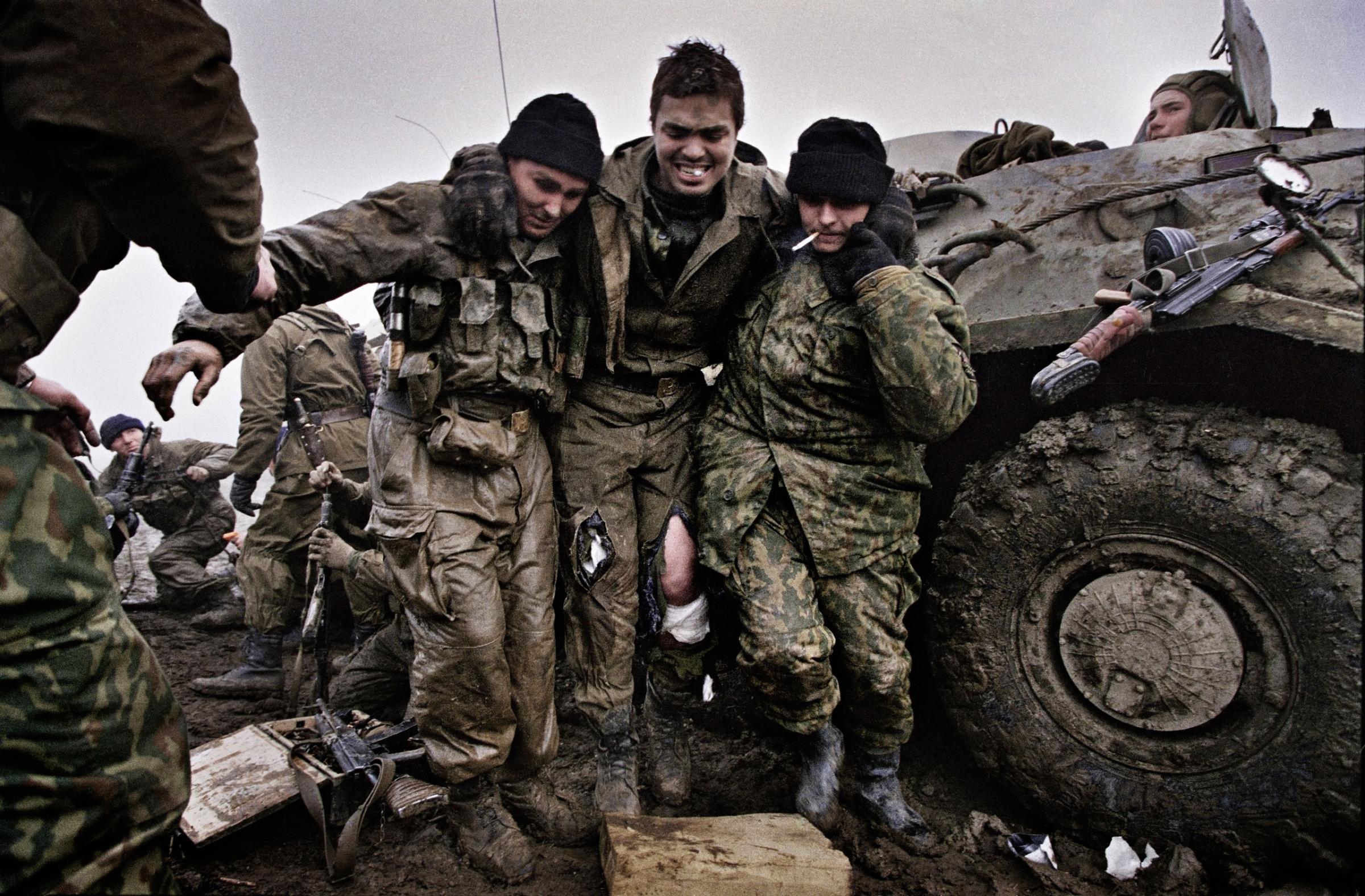
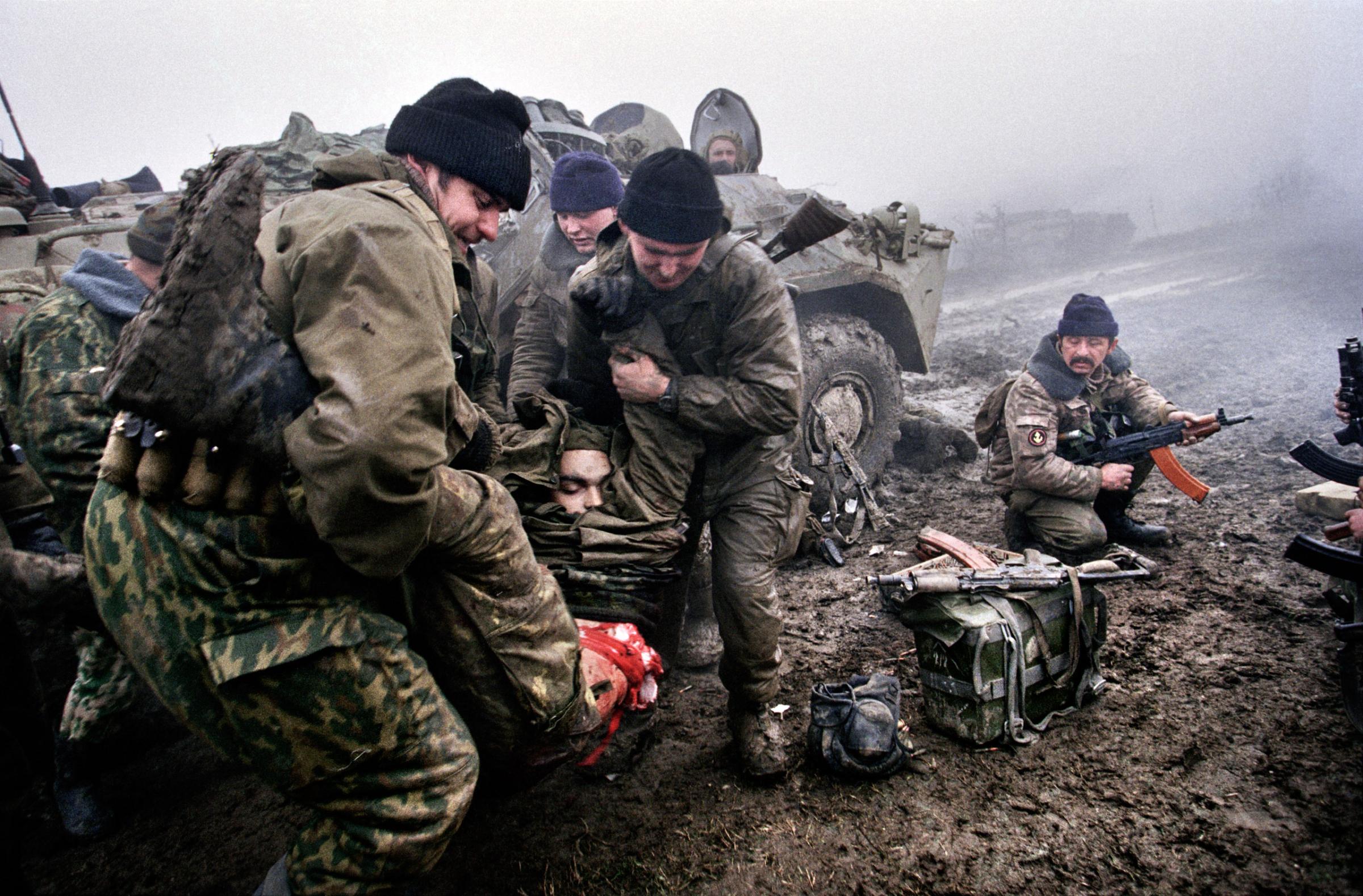
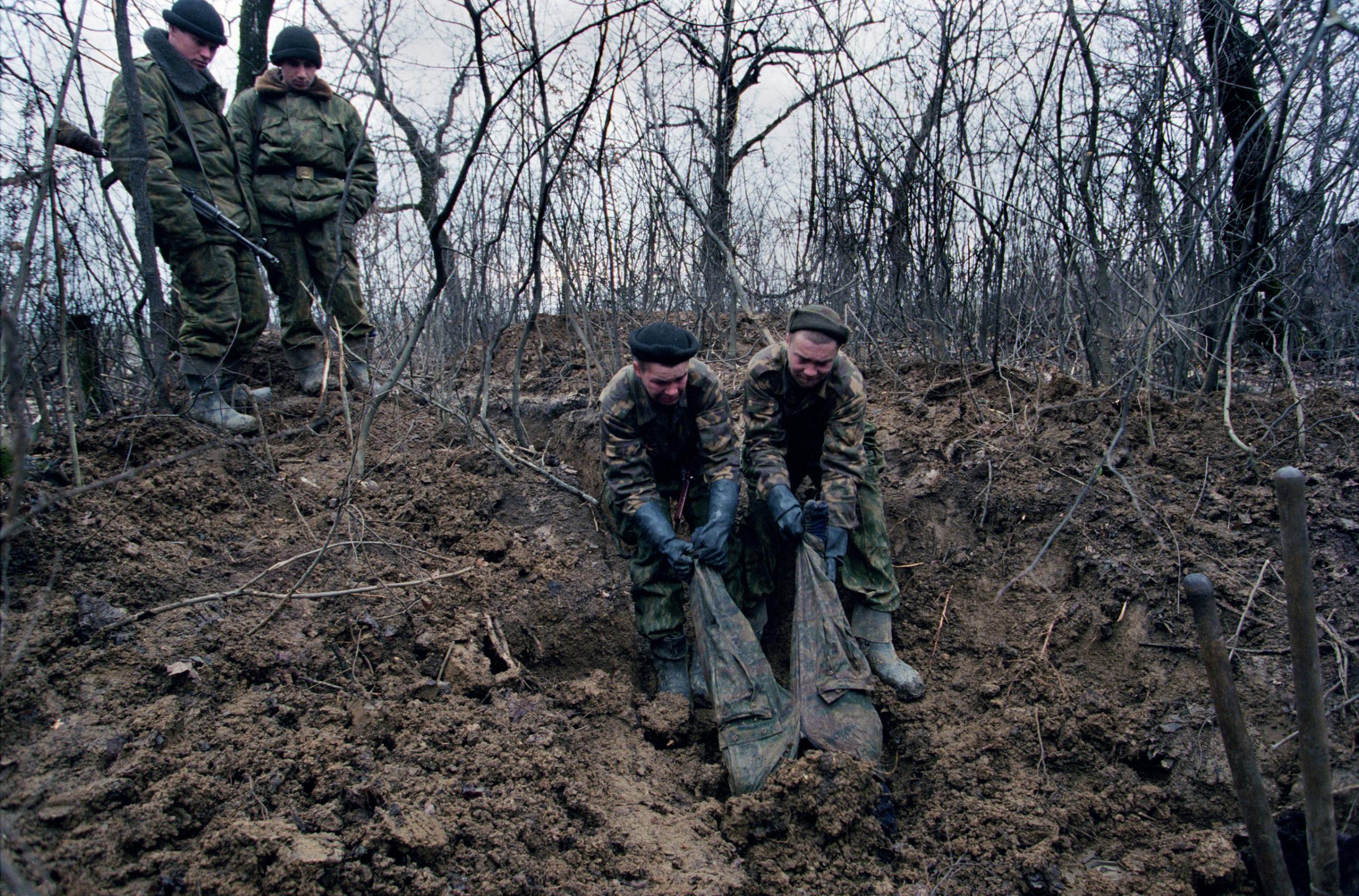


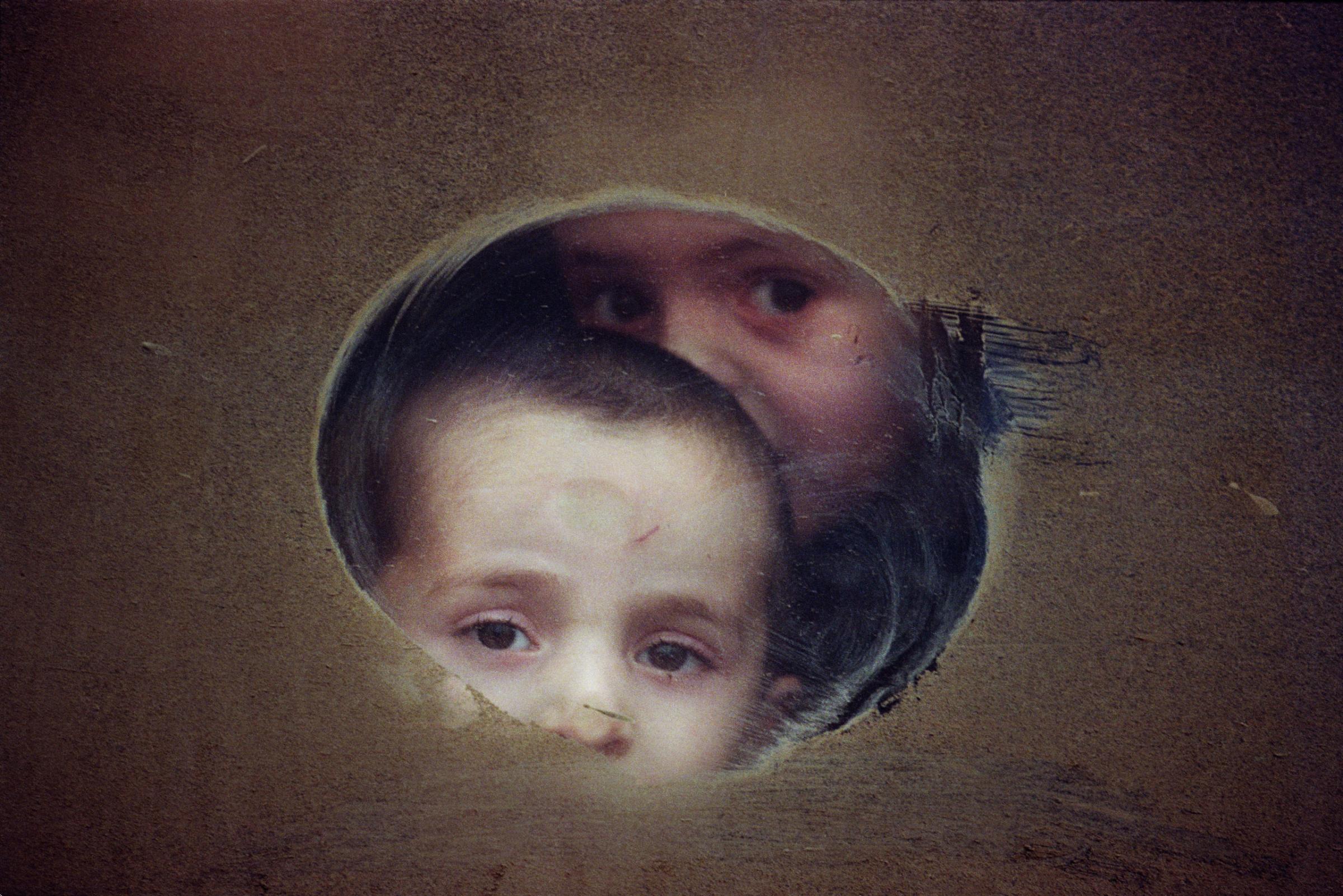
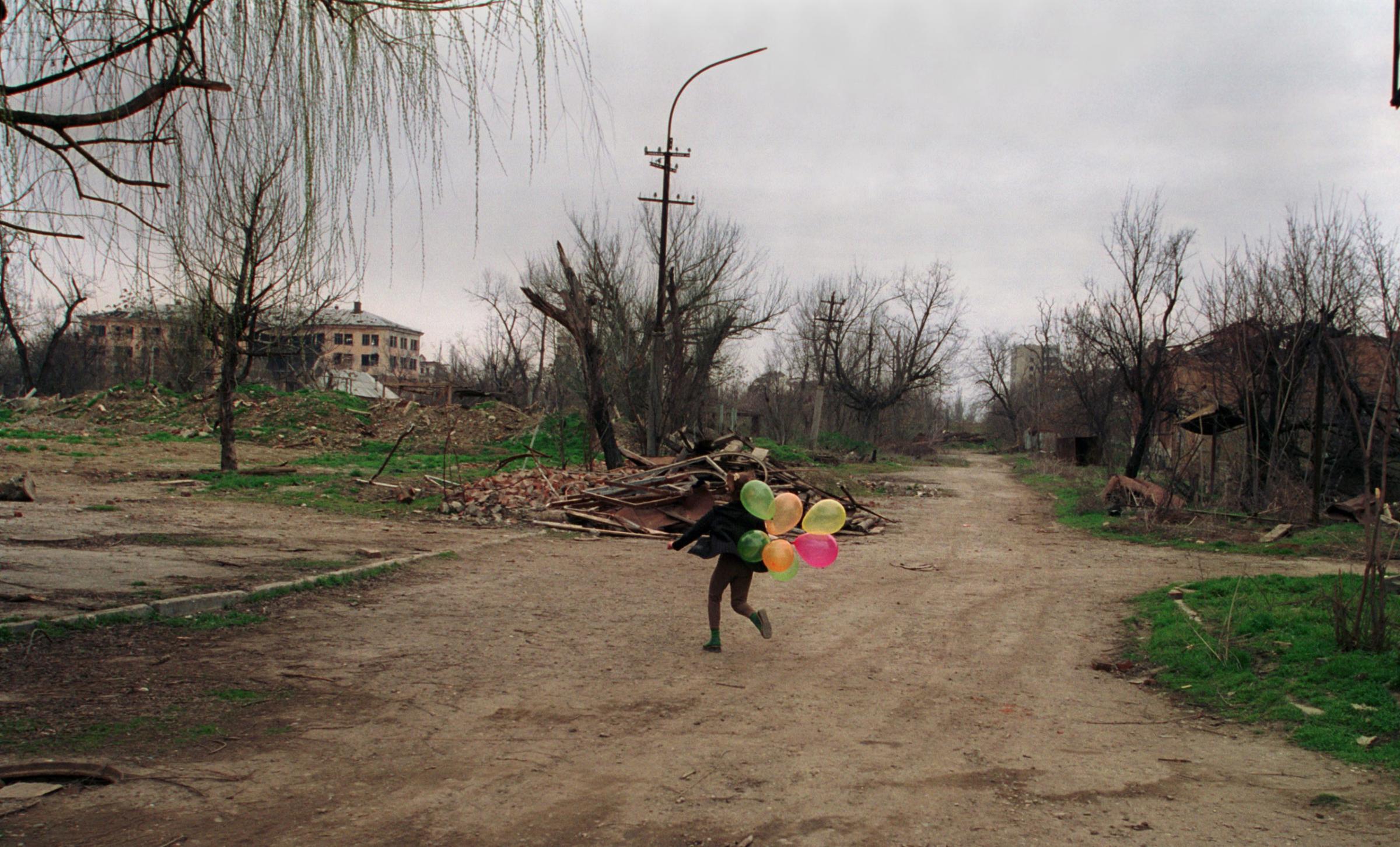

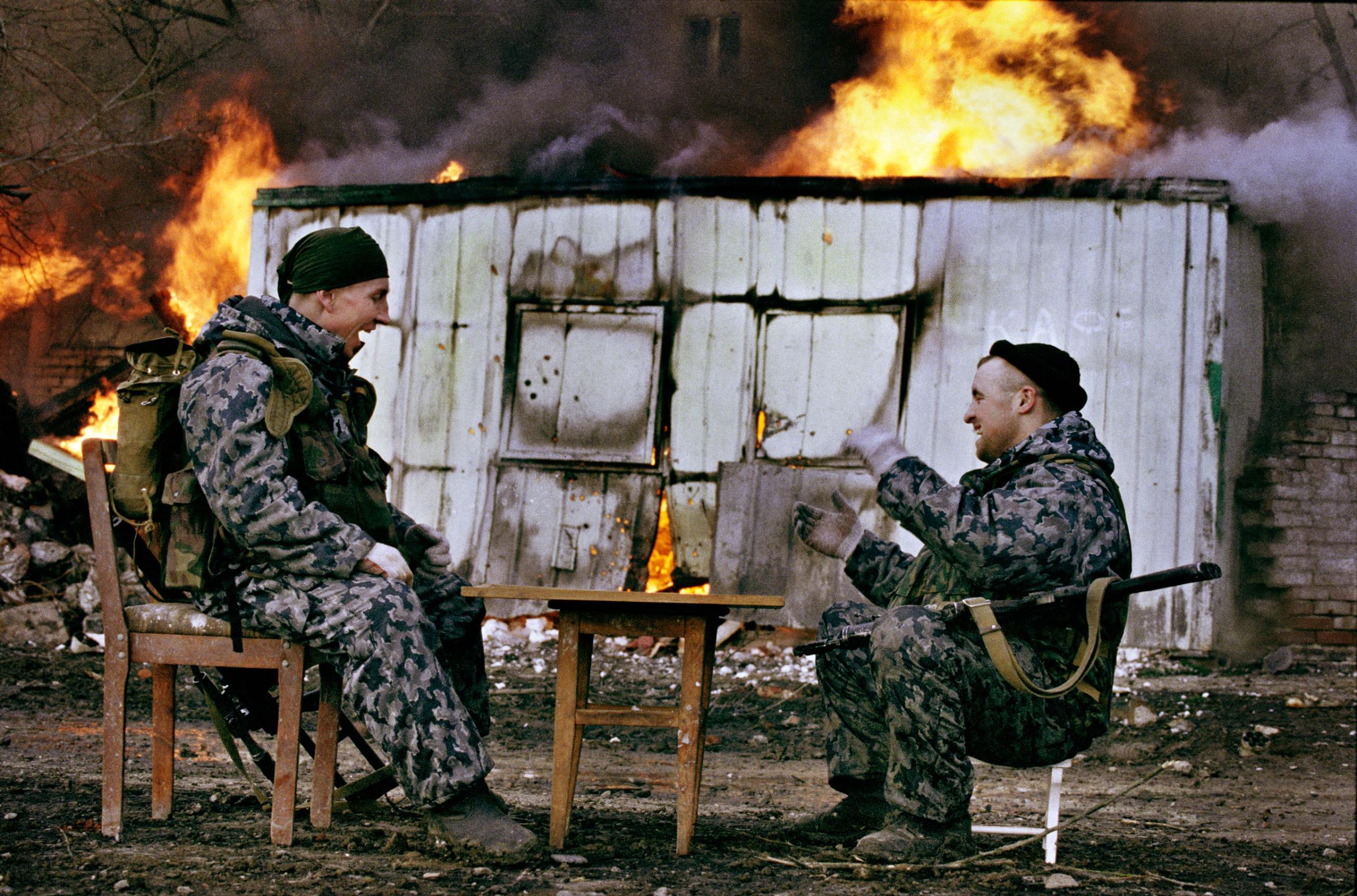
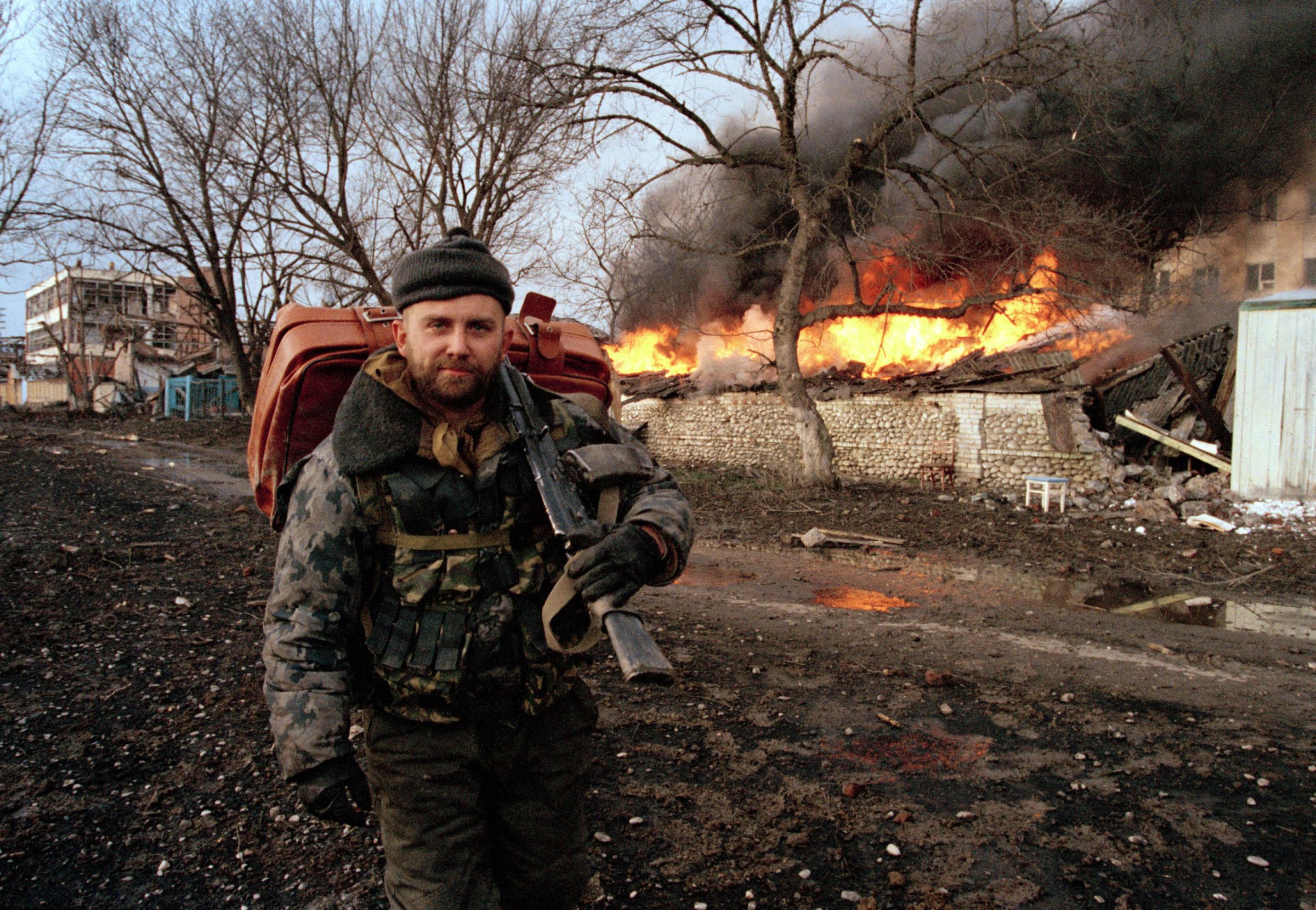
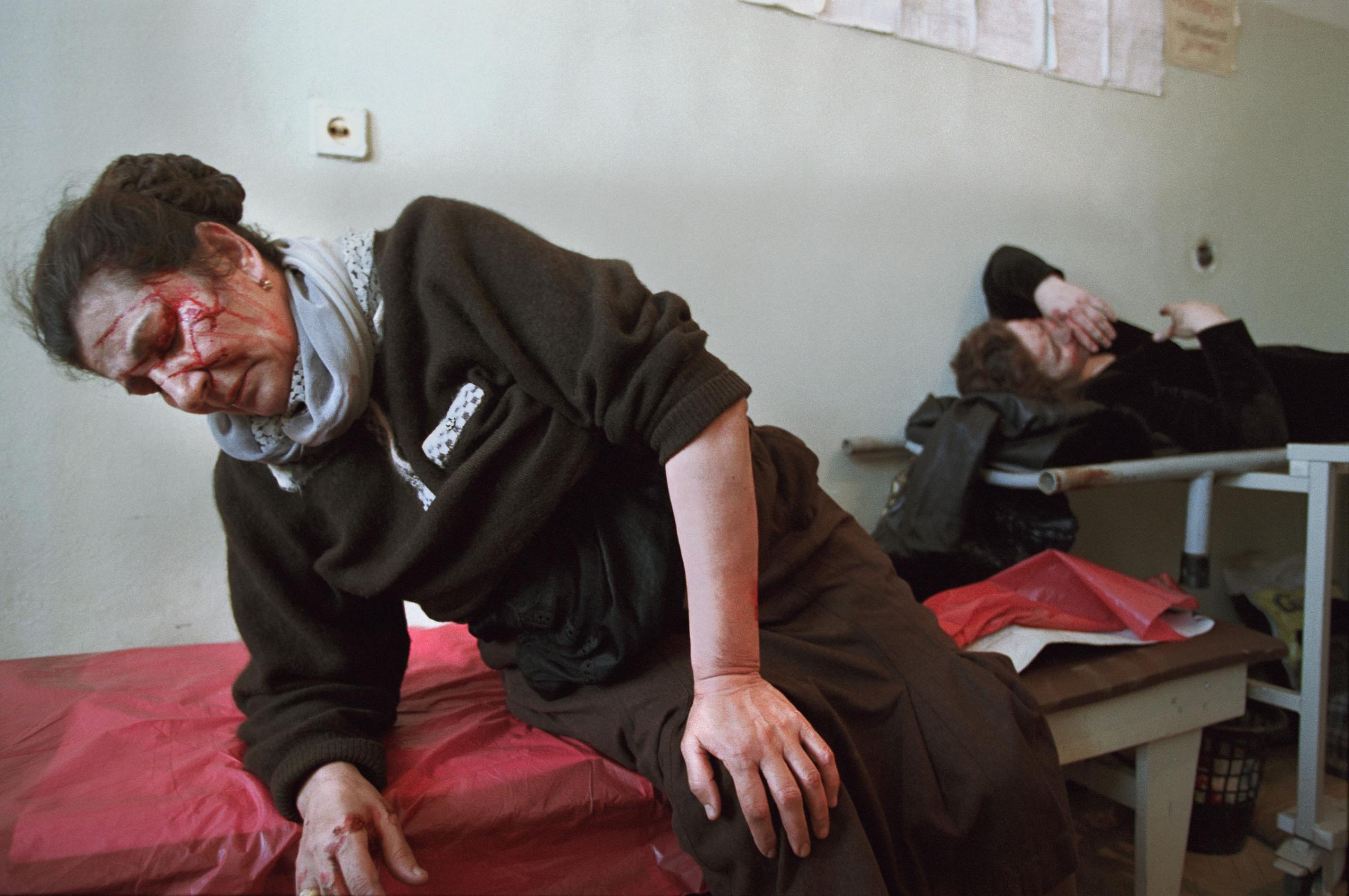
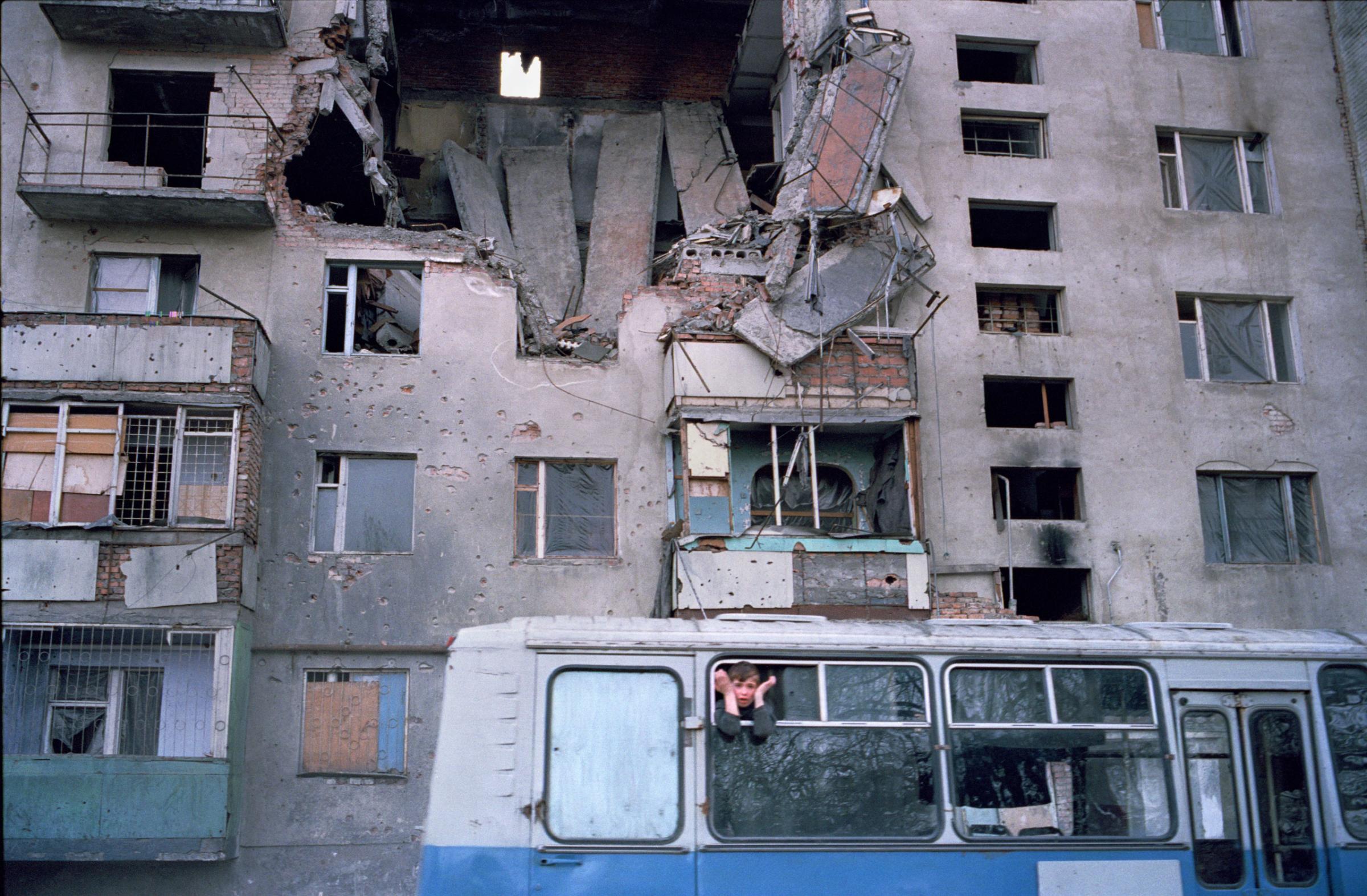
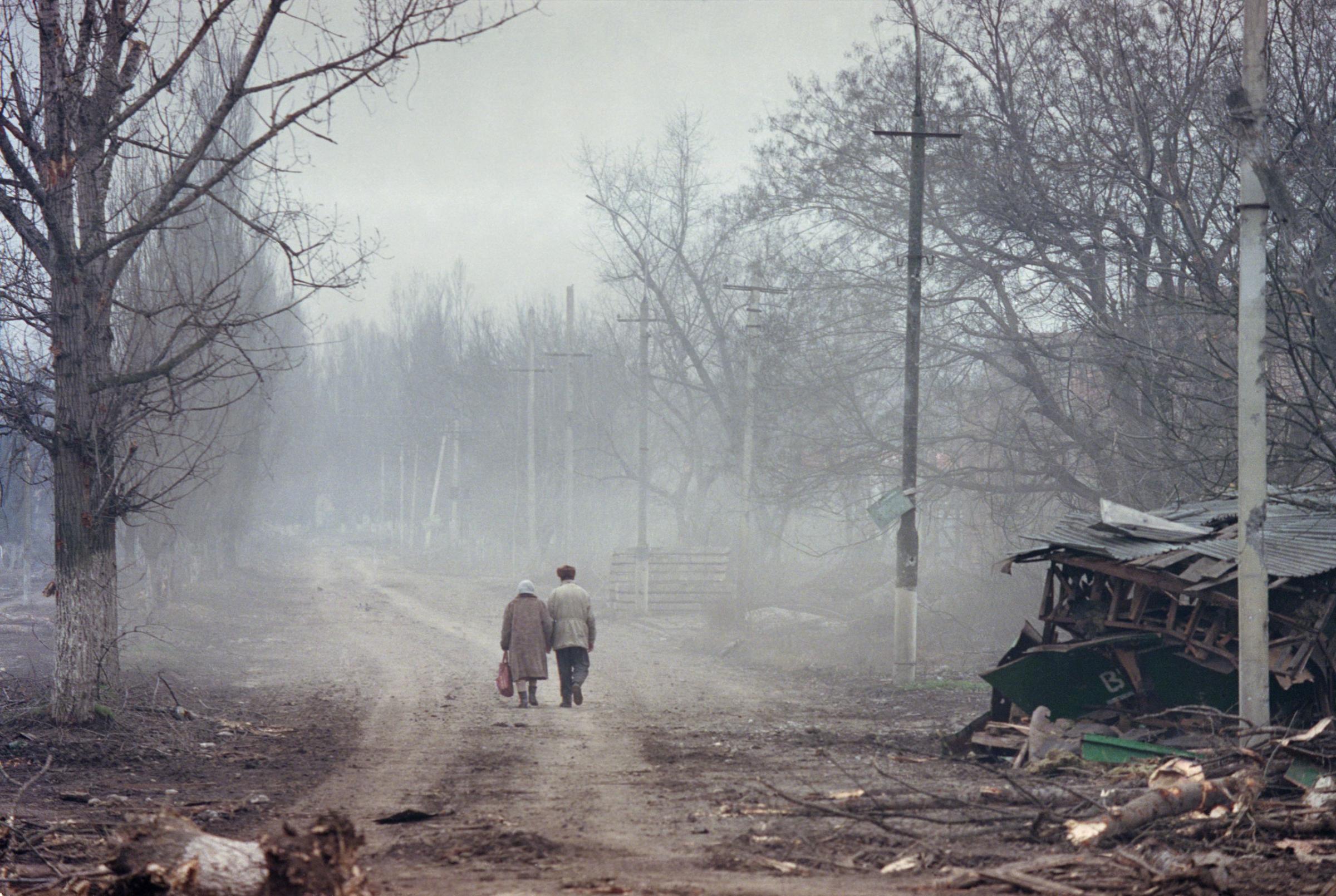
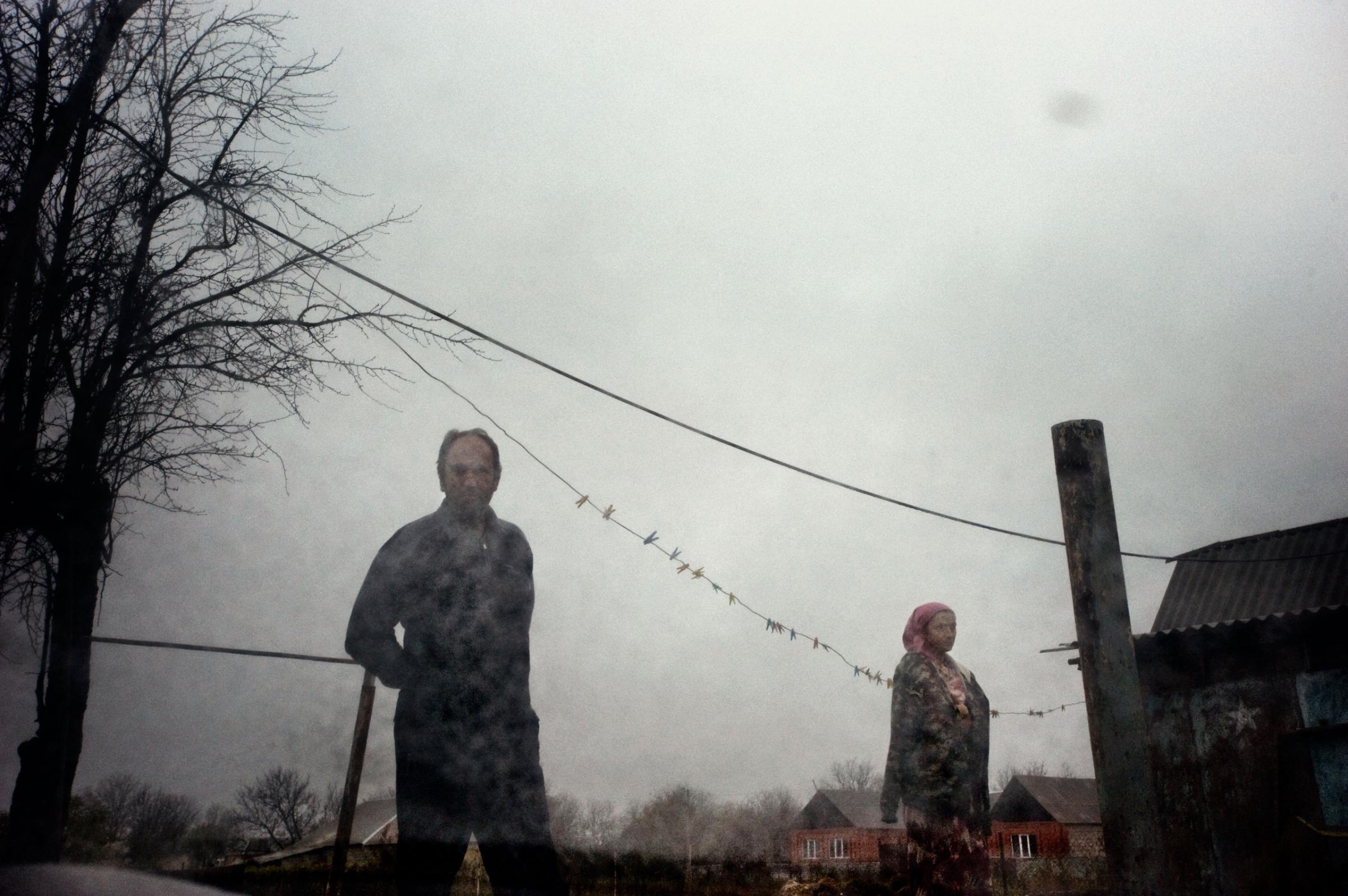
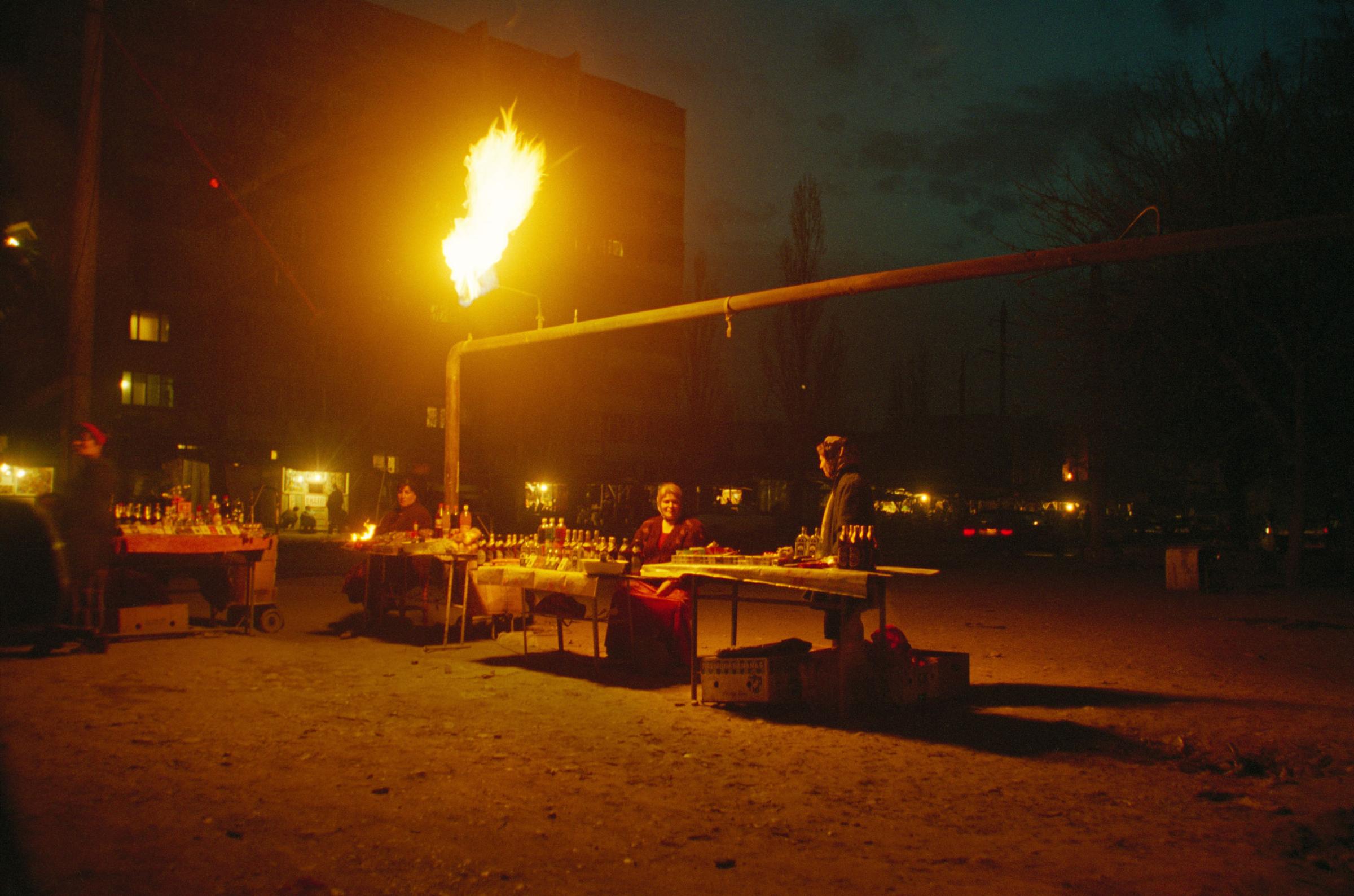

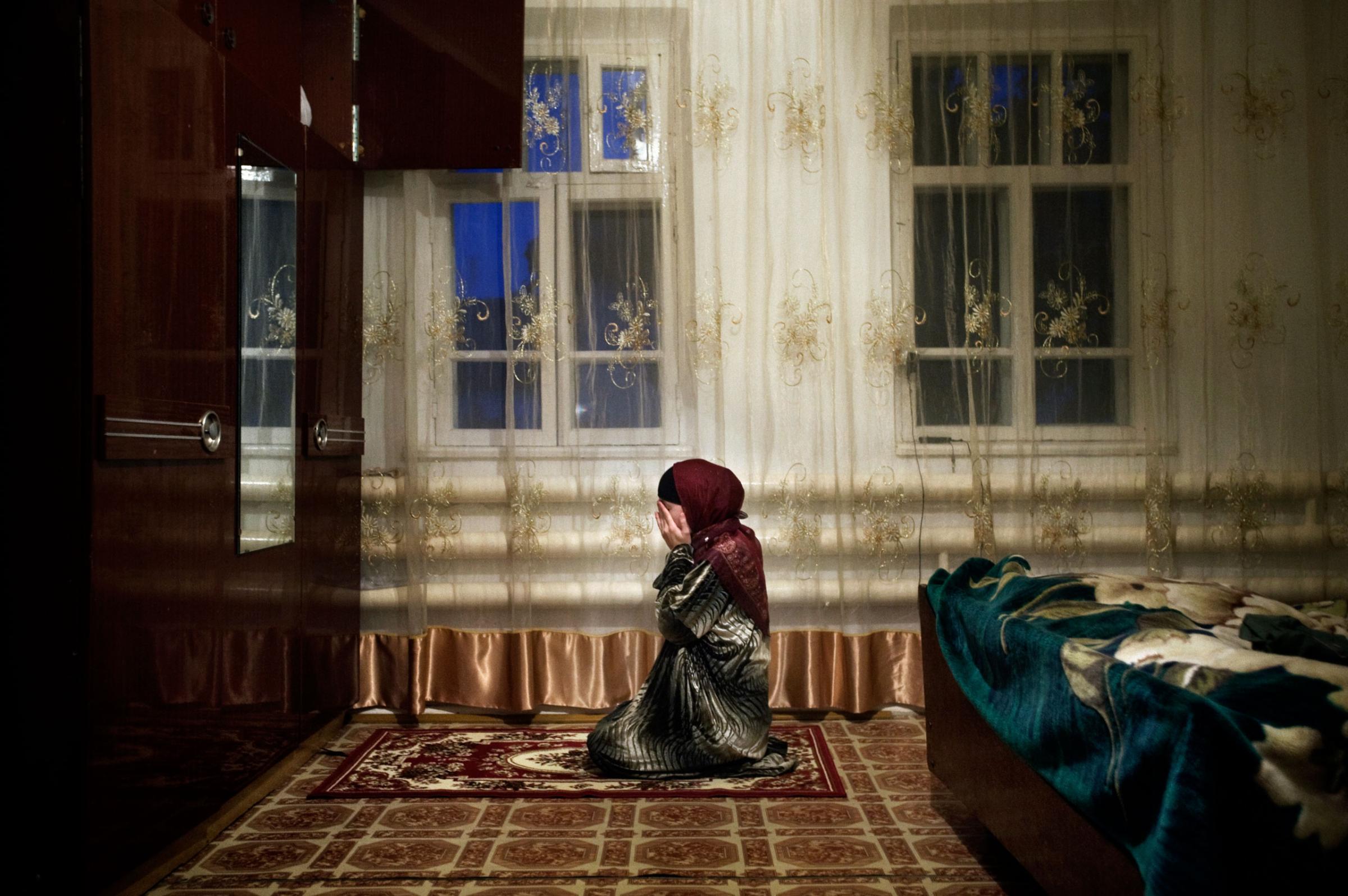
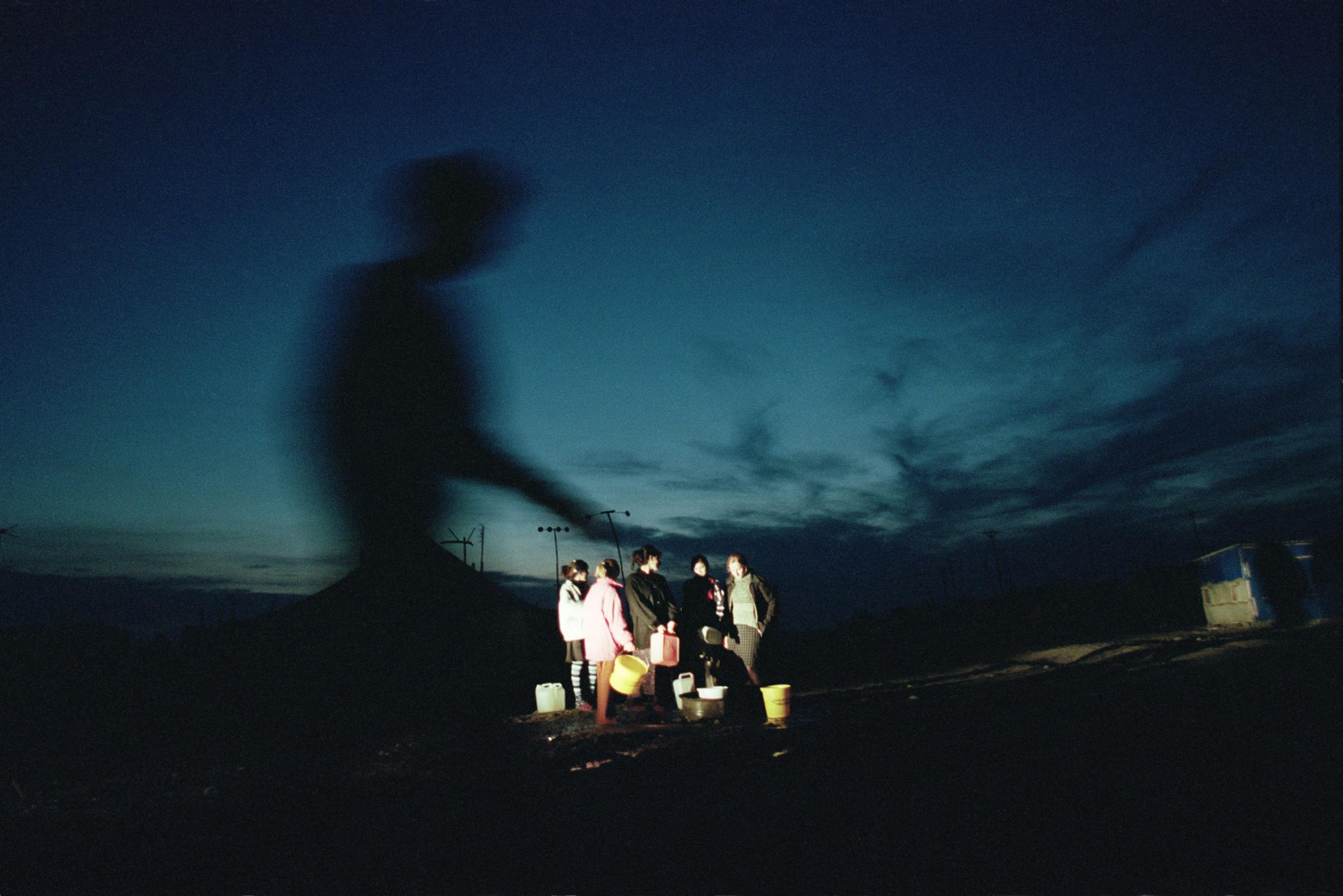
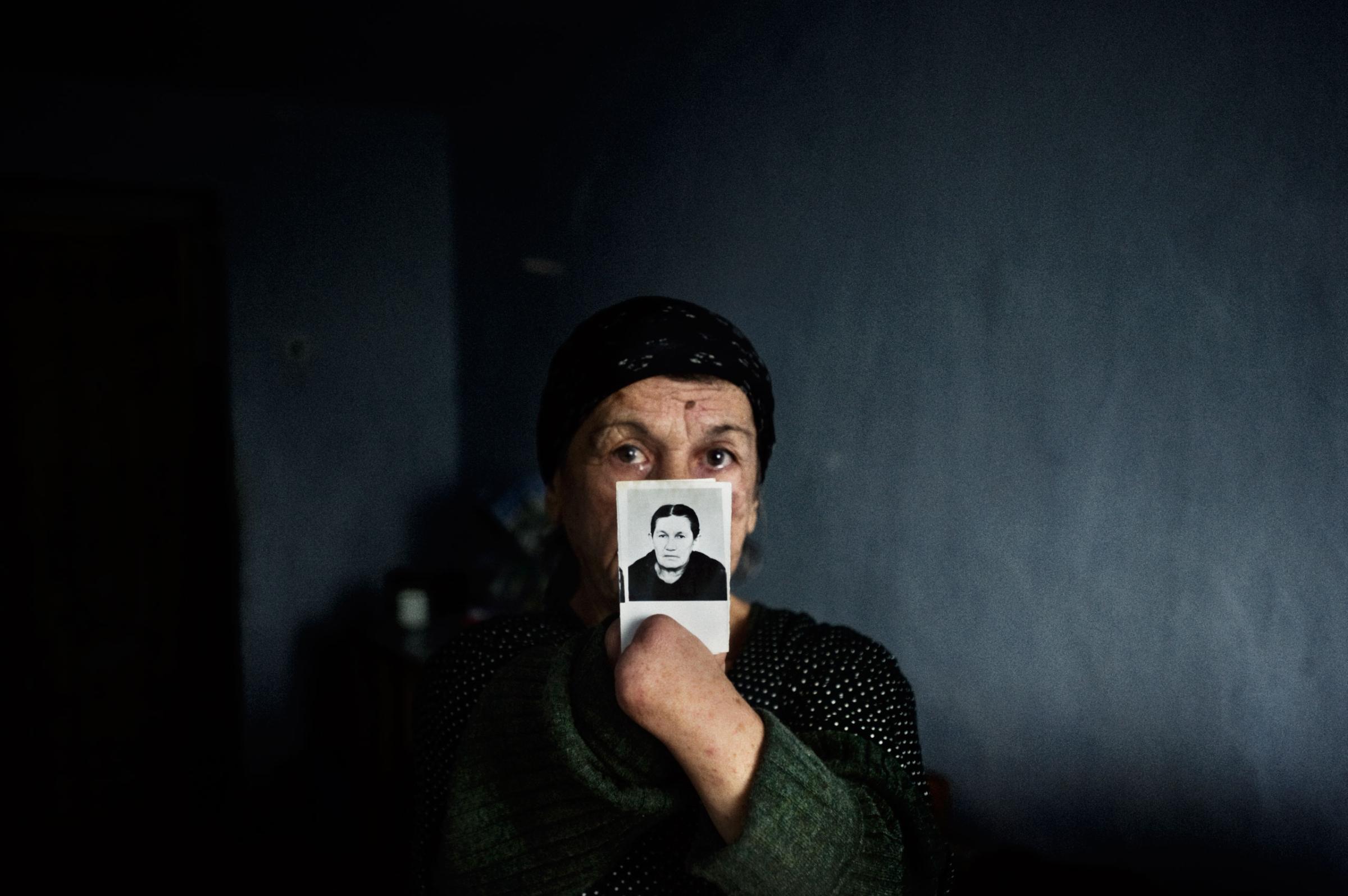
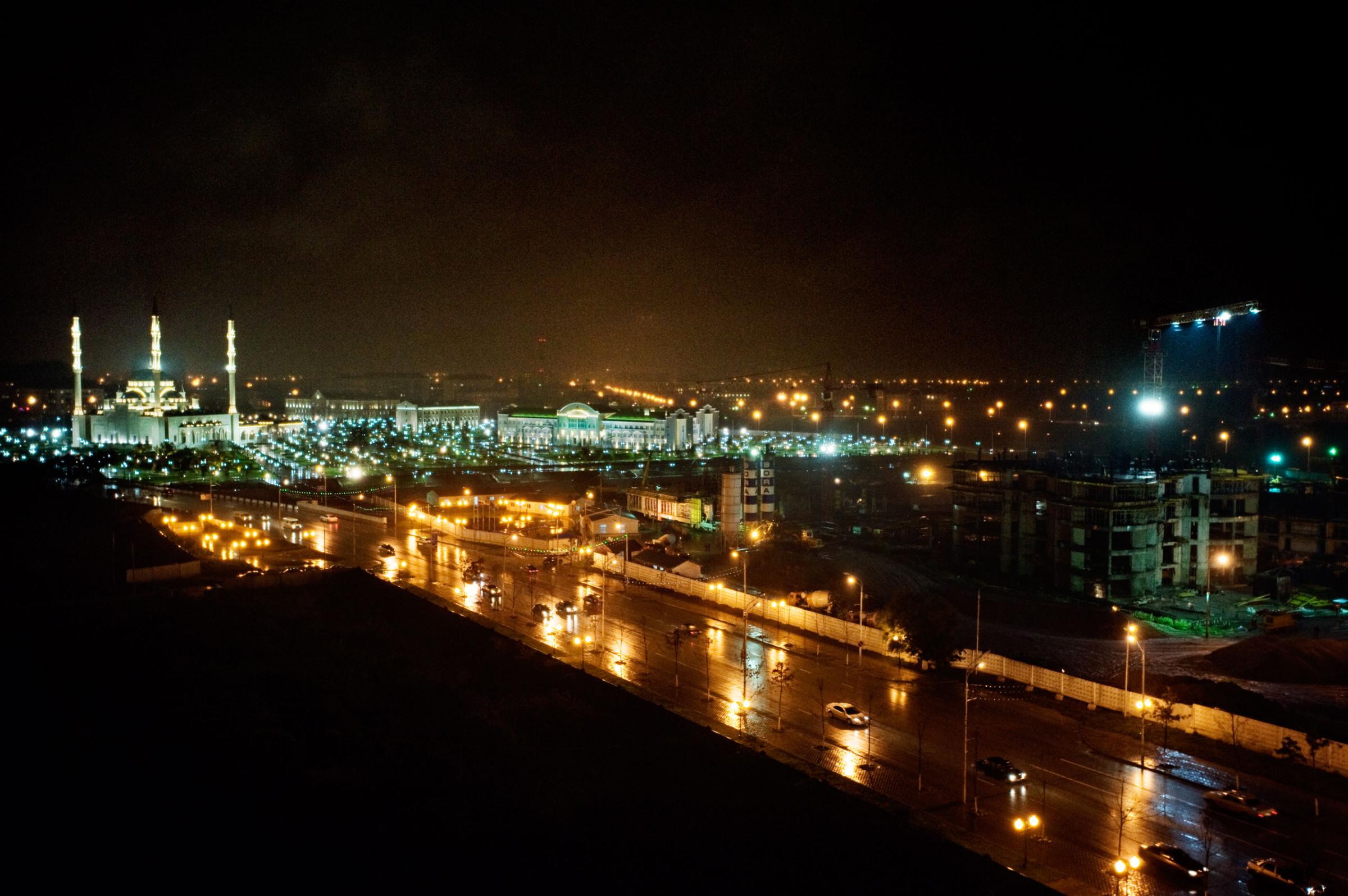

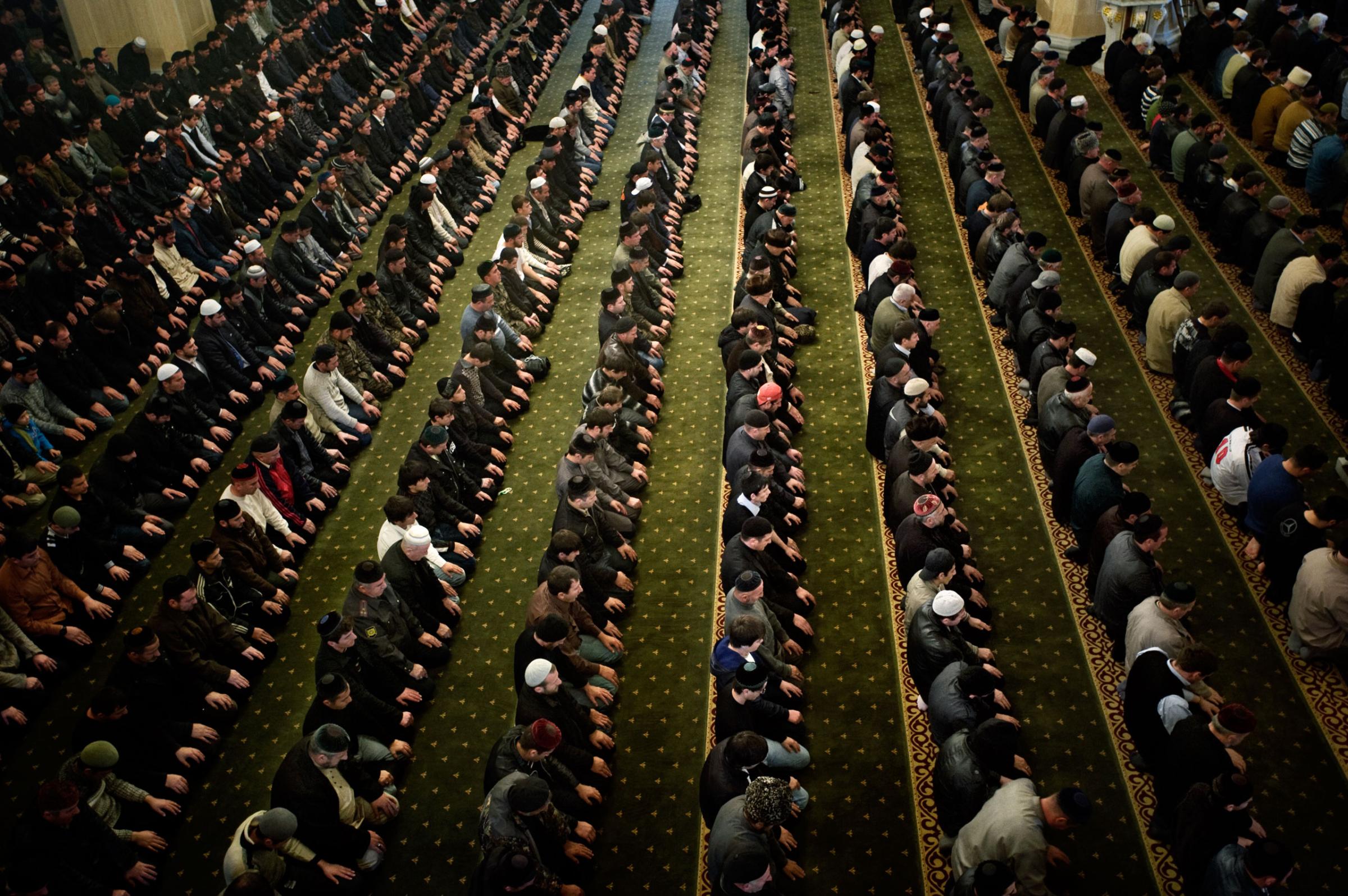
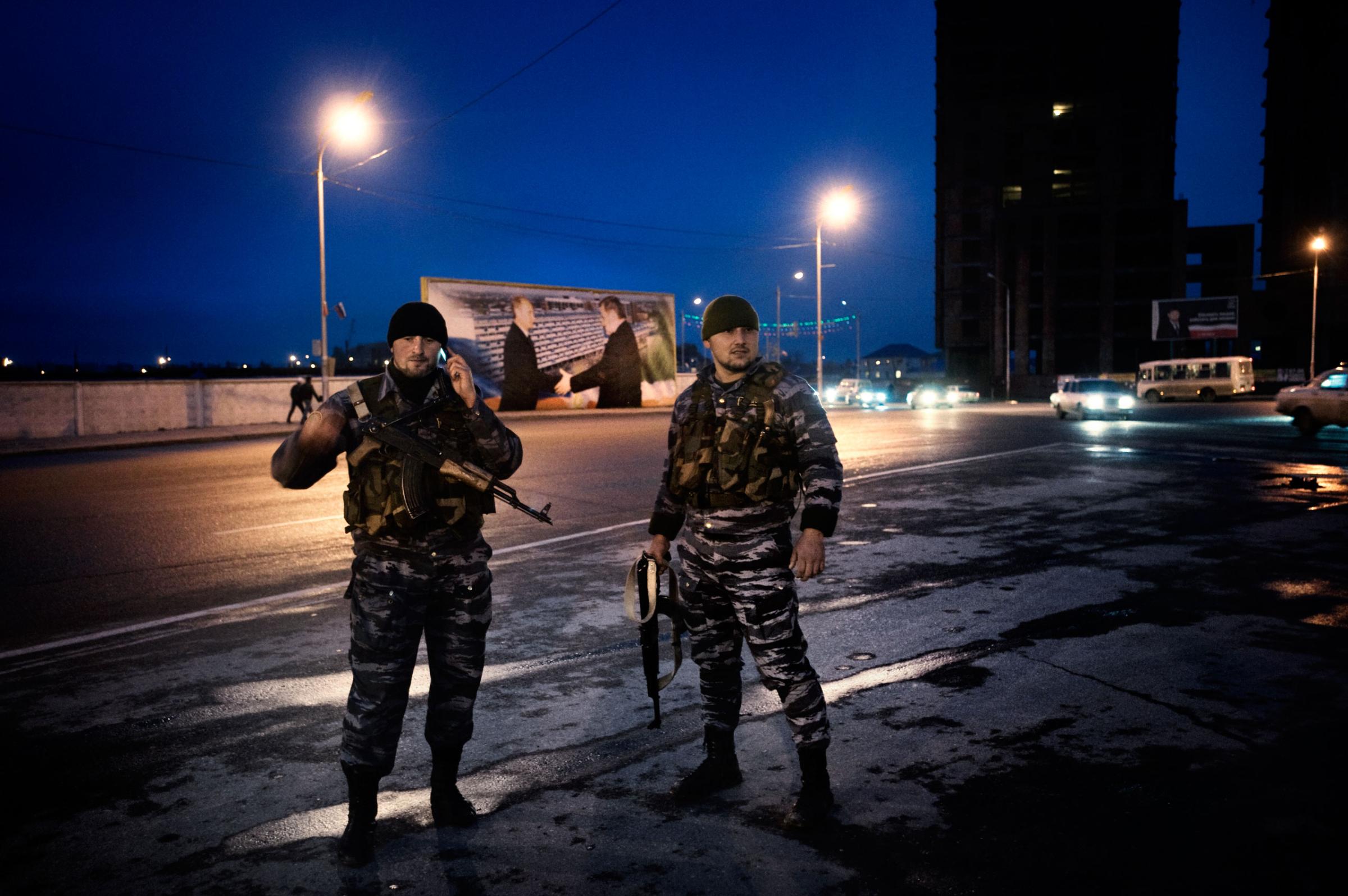
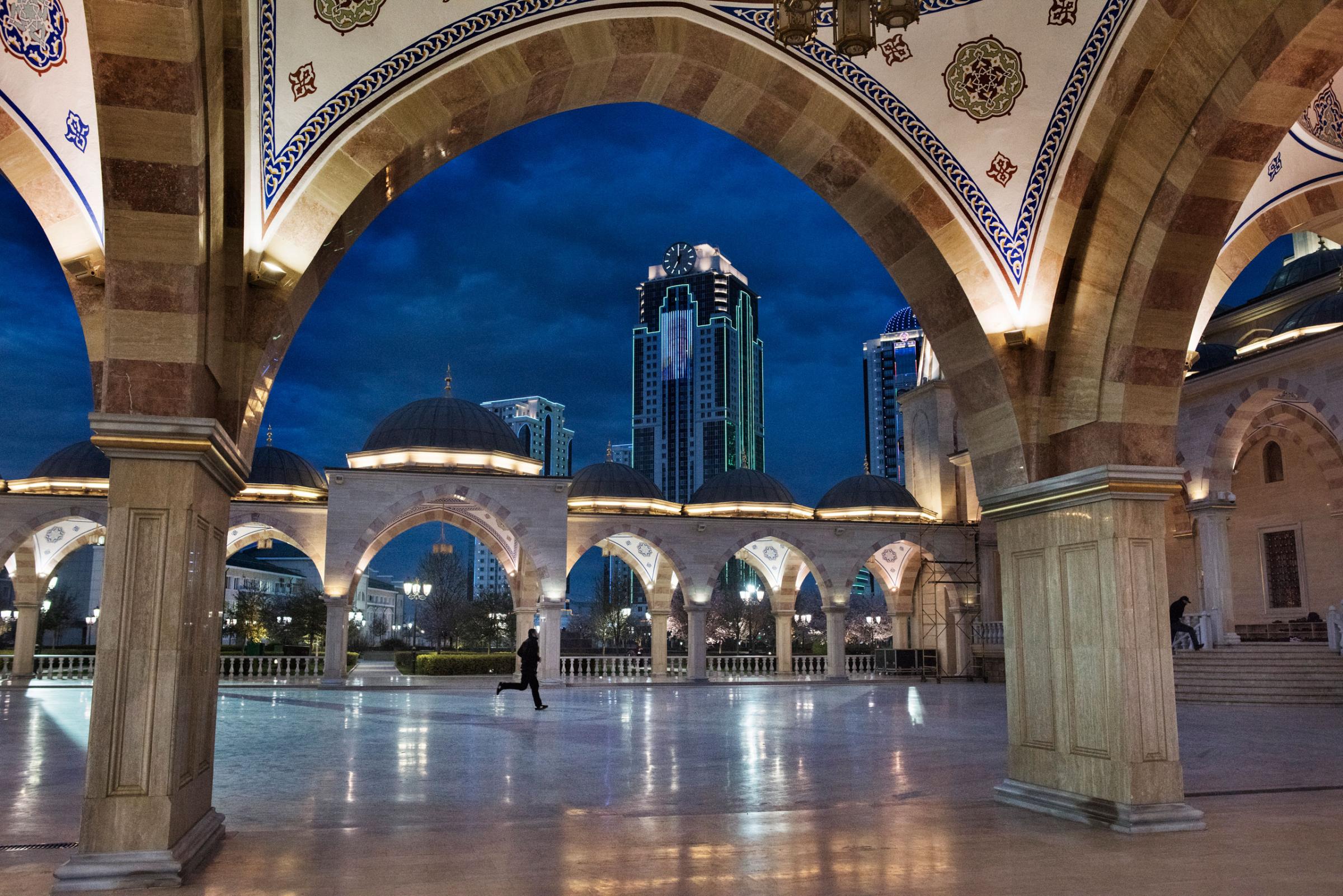
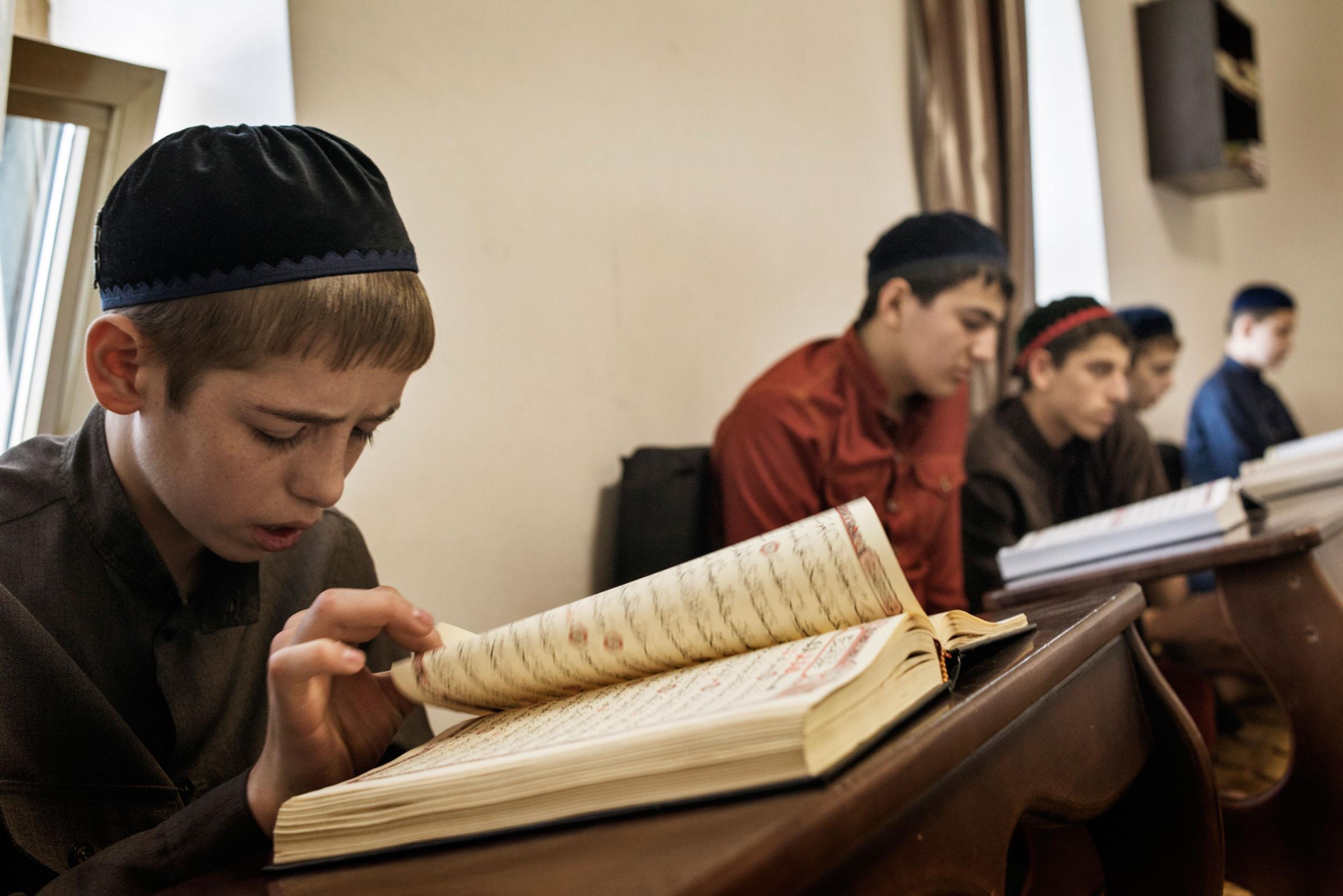
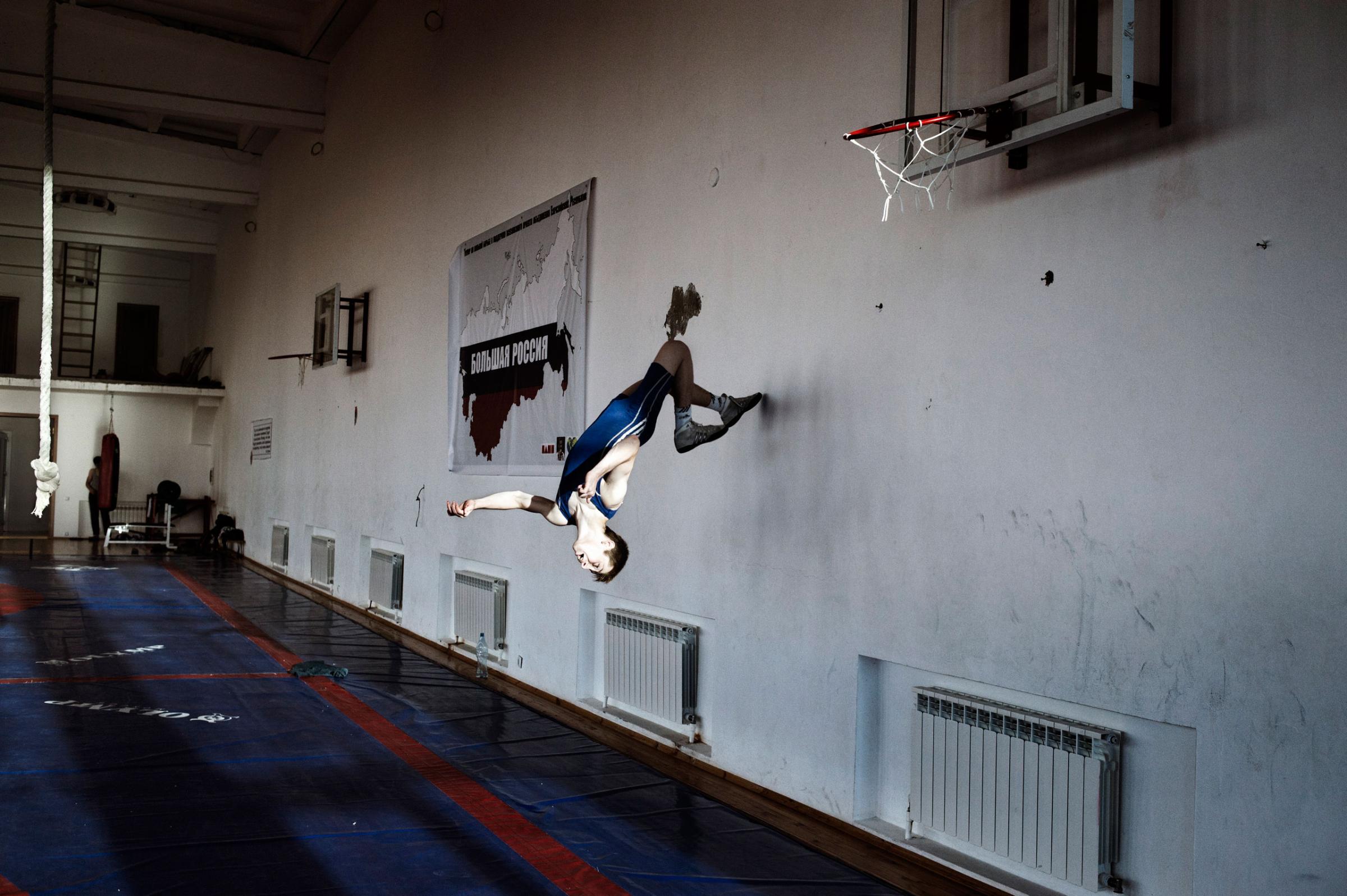
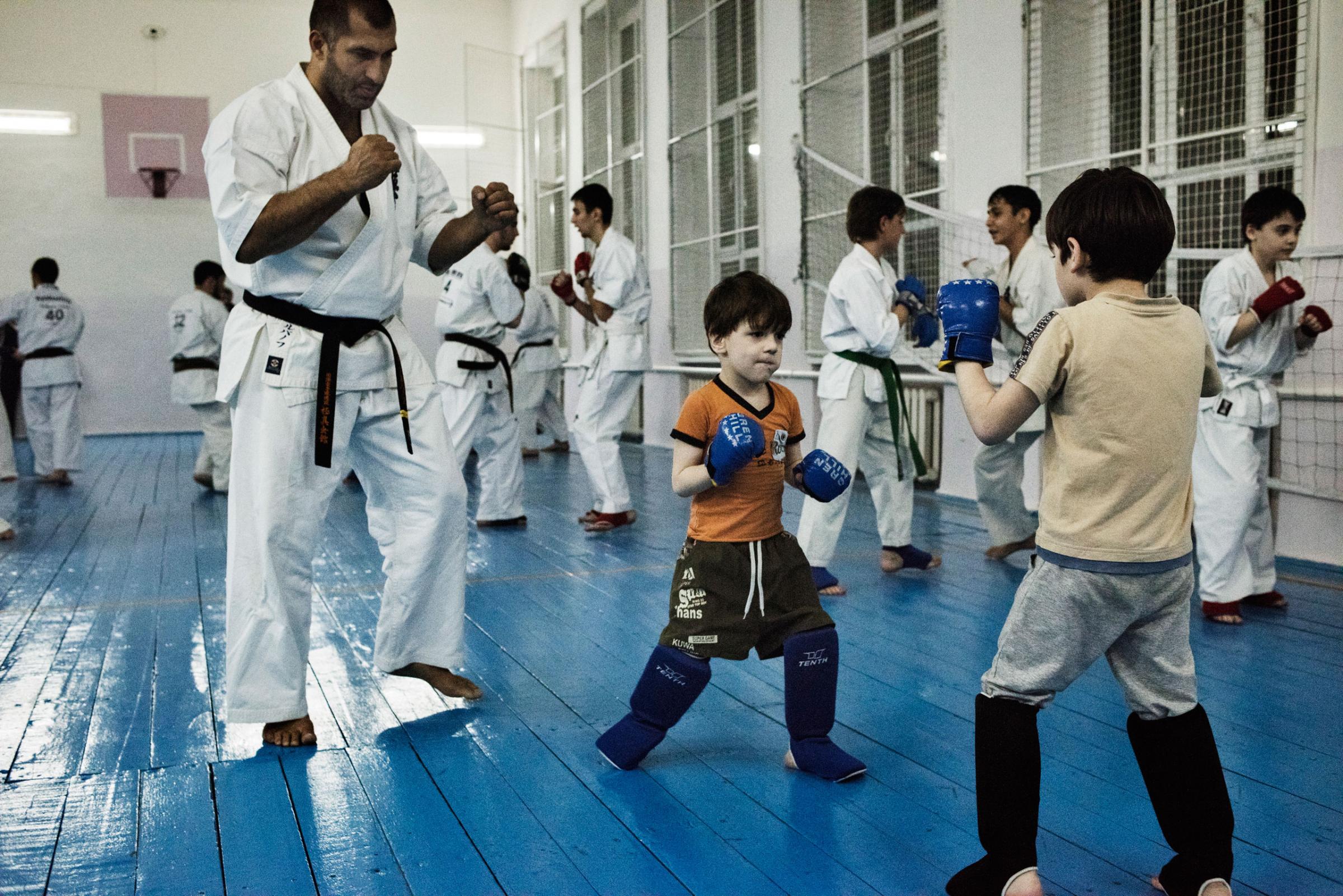


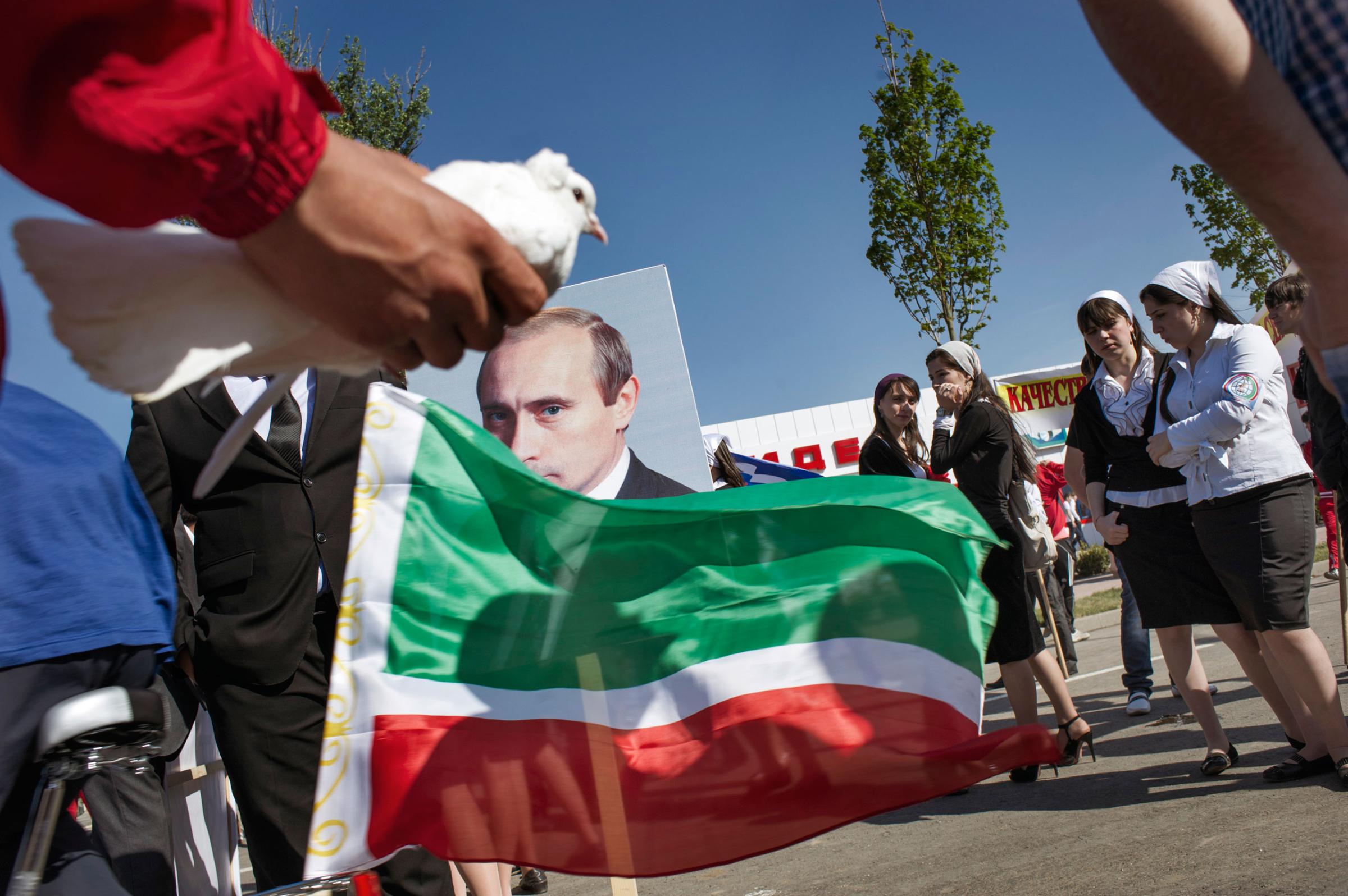
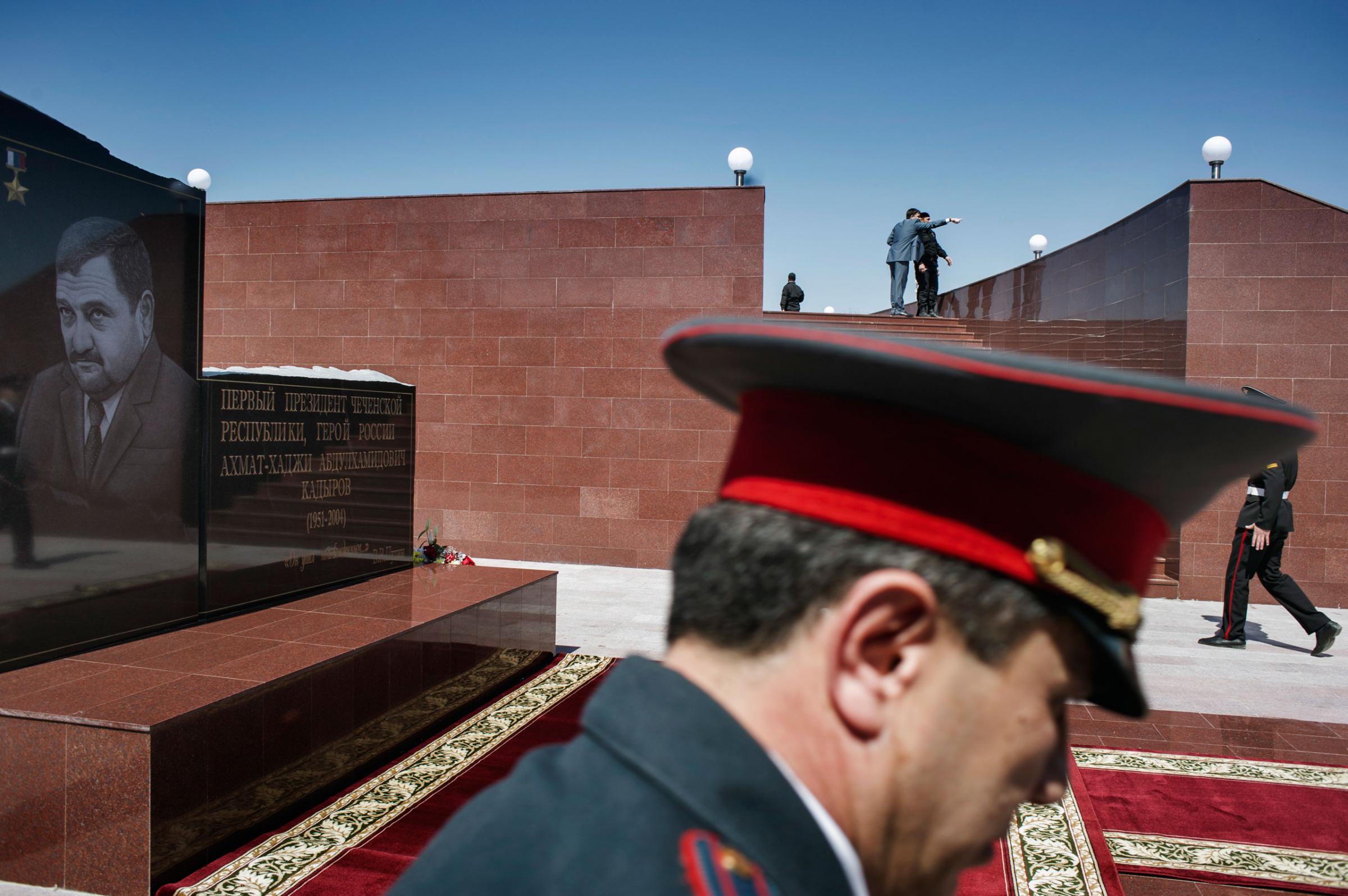
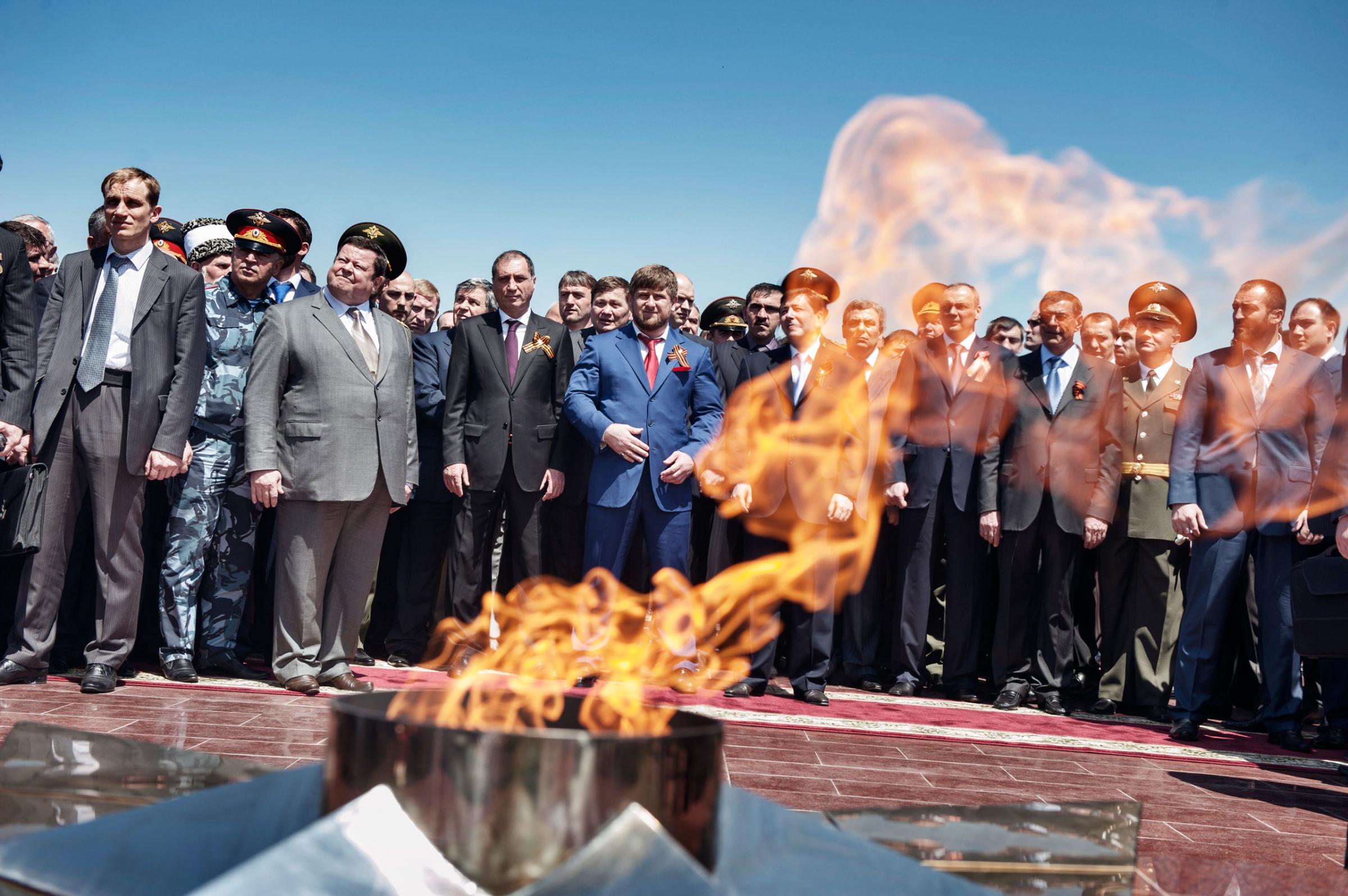
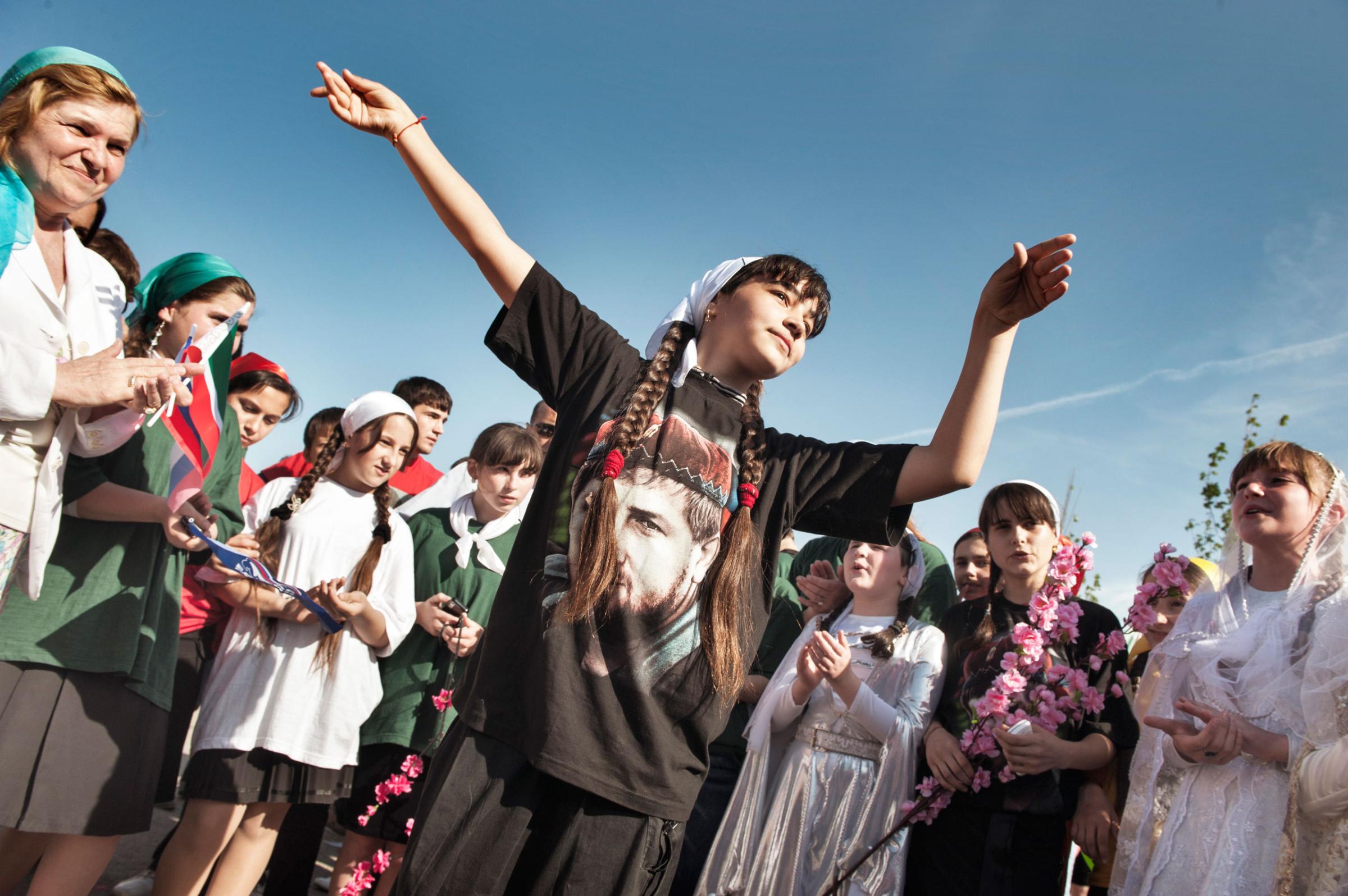
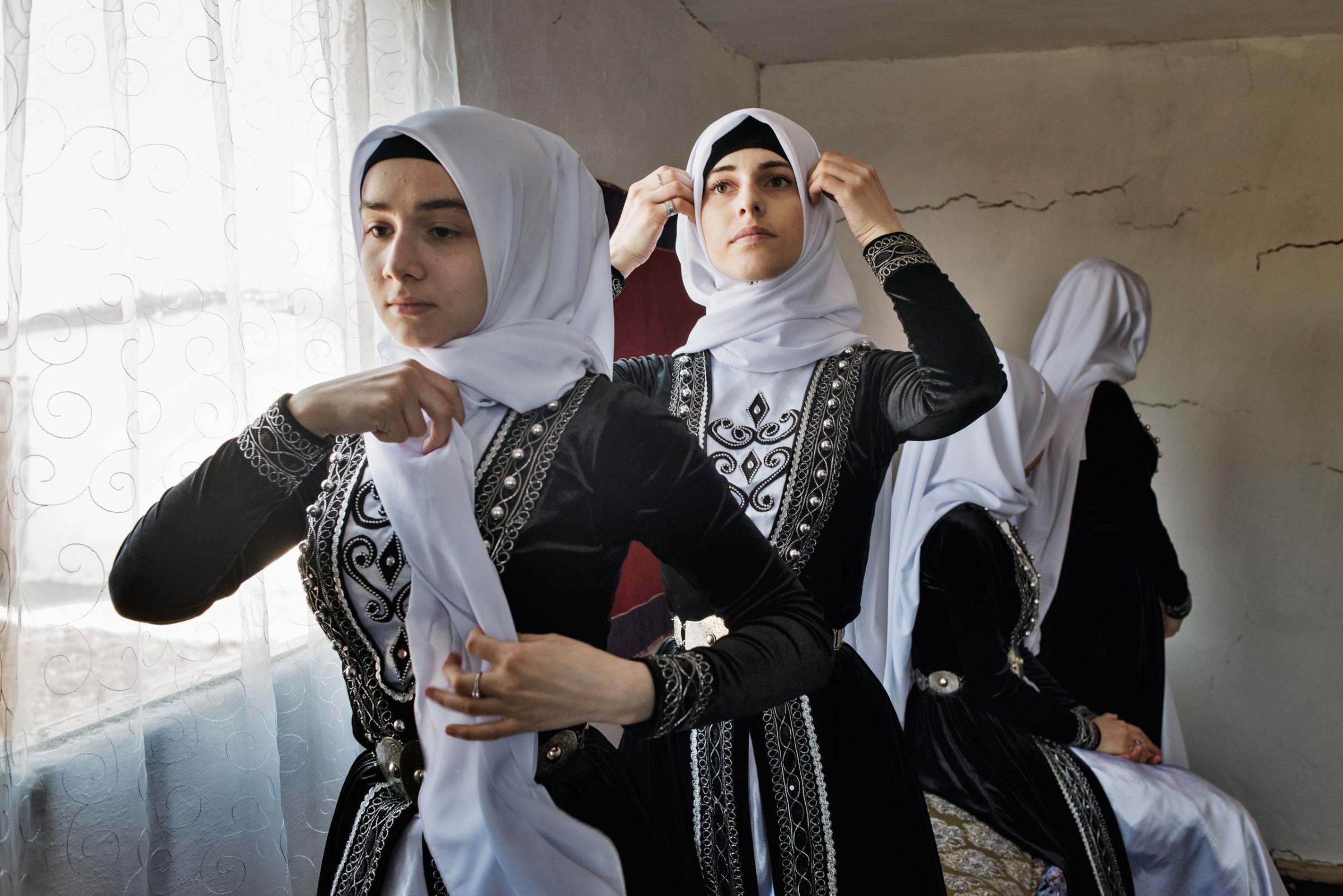

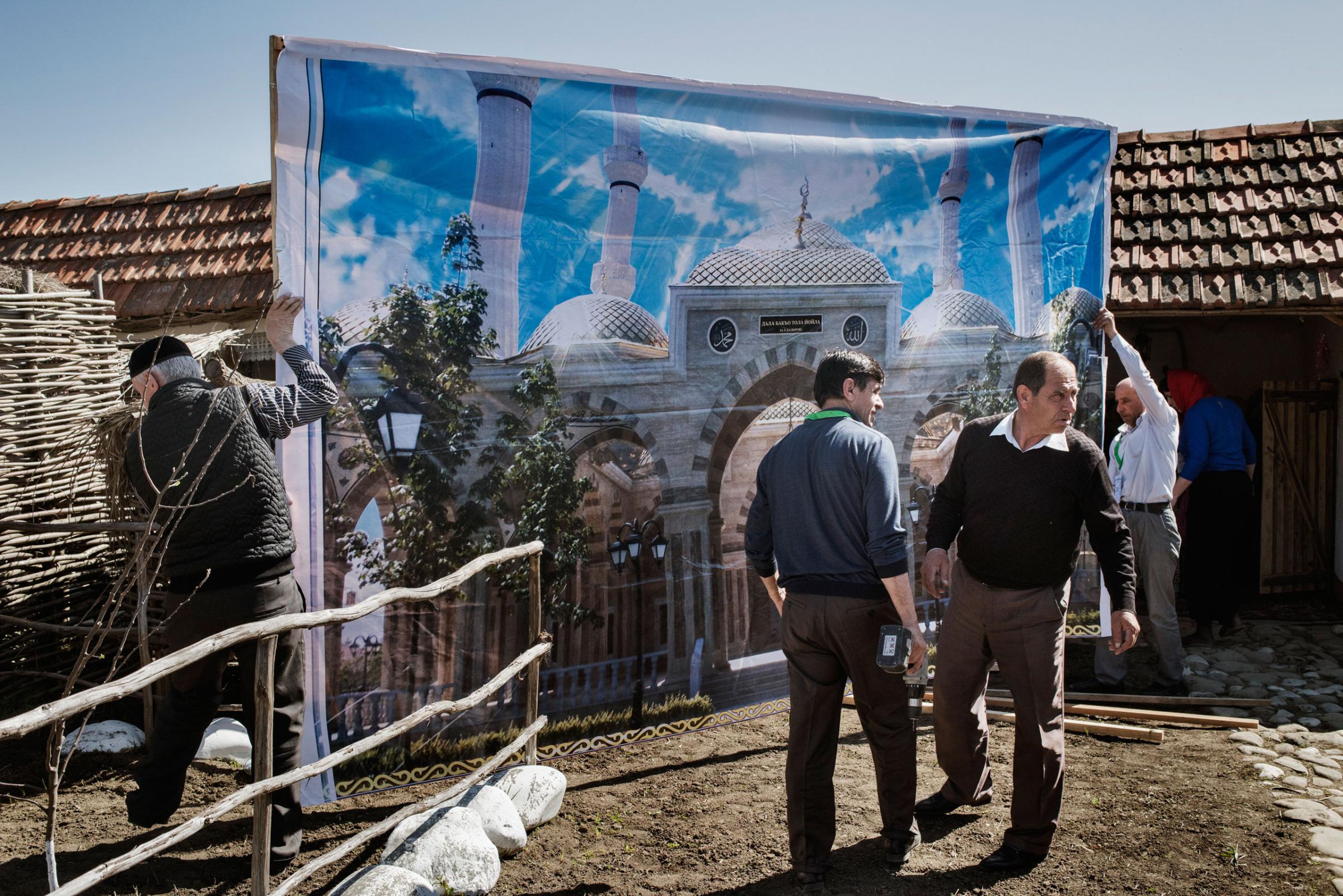



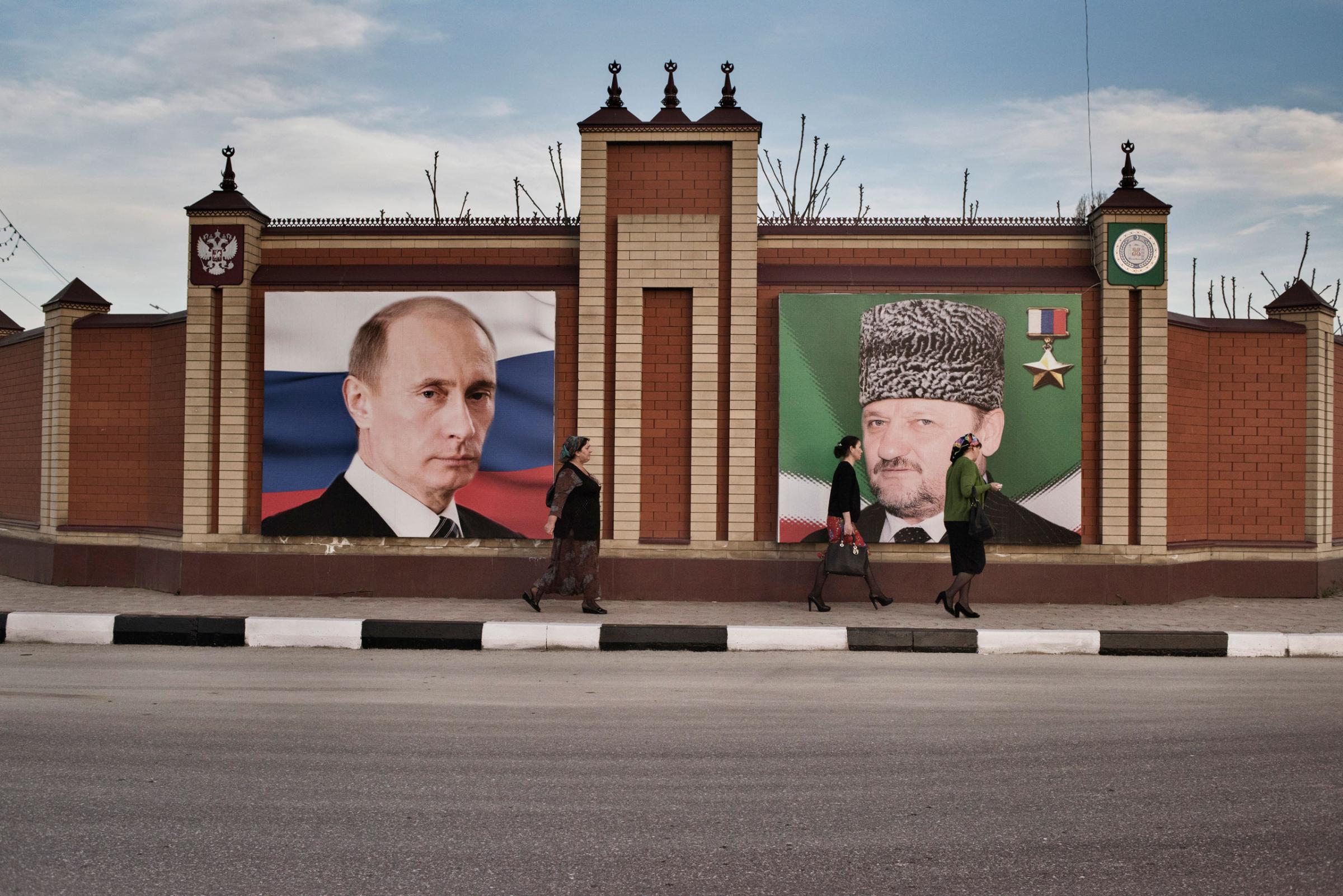
More Must-Reads from TIME
- Why Trump’s Message Worked on Latino Men
- What Trump’s Win Could Mean for Housing
- The 100 Must-Read Books of 2024
- Sleep Doctors Share the 1 Tip That’s Changed Their Lives
- Column: Let’s Bring Back Romance
- What It’s Like to Have Long COVID As a Kid
- FX’s Say Nothing Is the Must-Watch Political Thriller of 2024
- Merle Bombardieri Is Helping People Make the Baby Decision
Contact us at letters@time.com